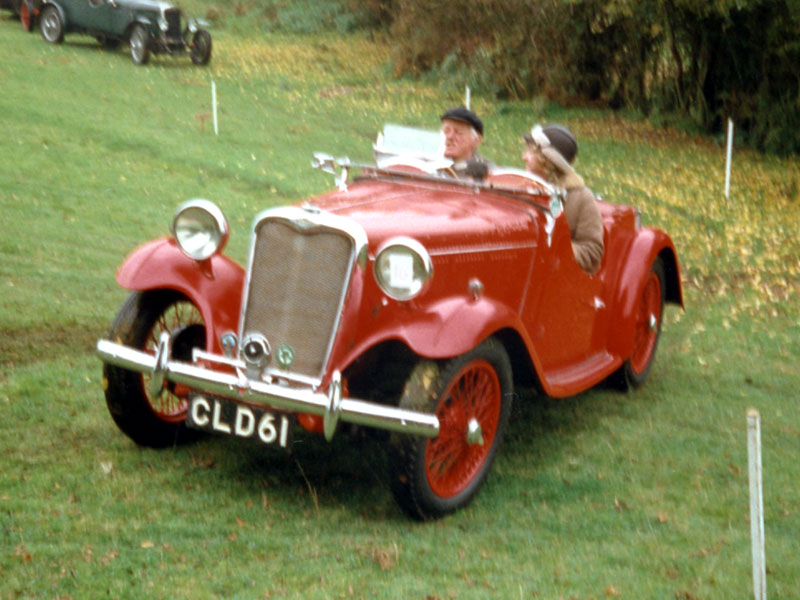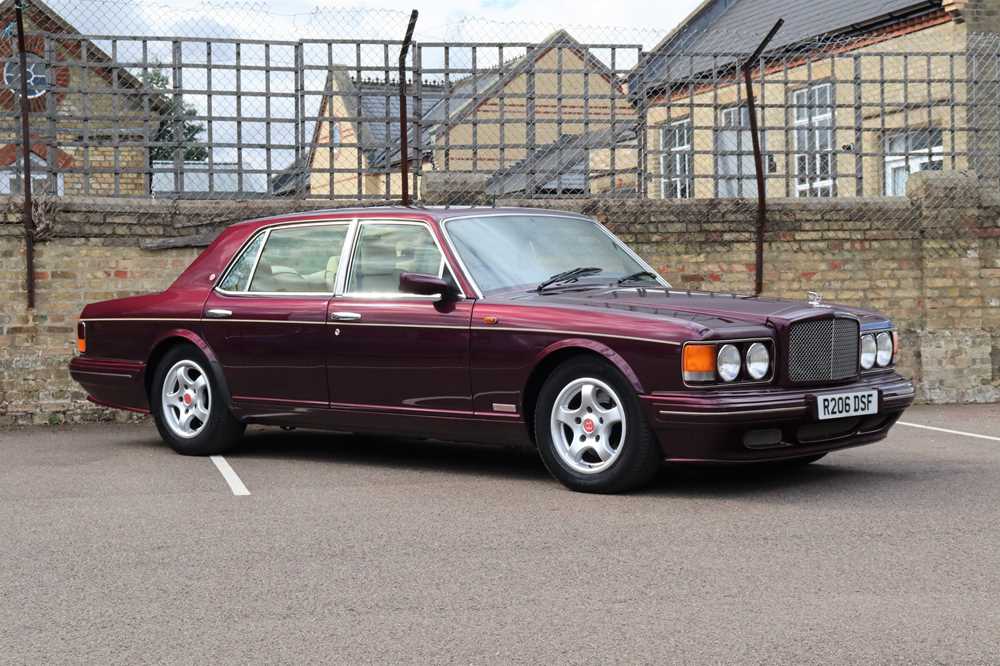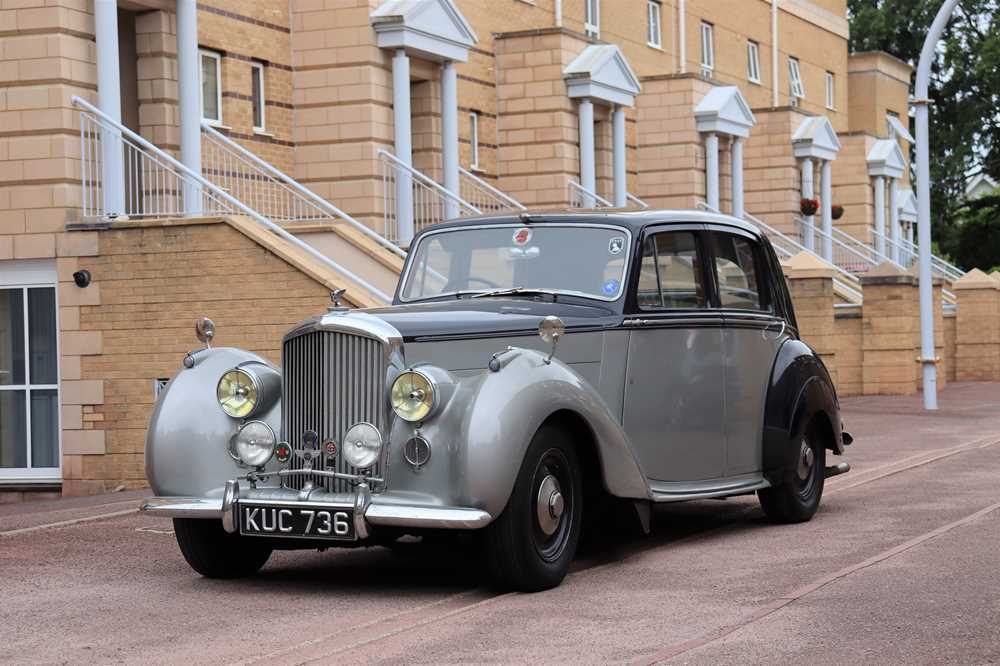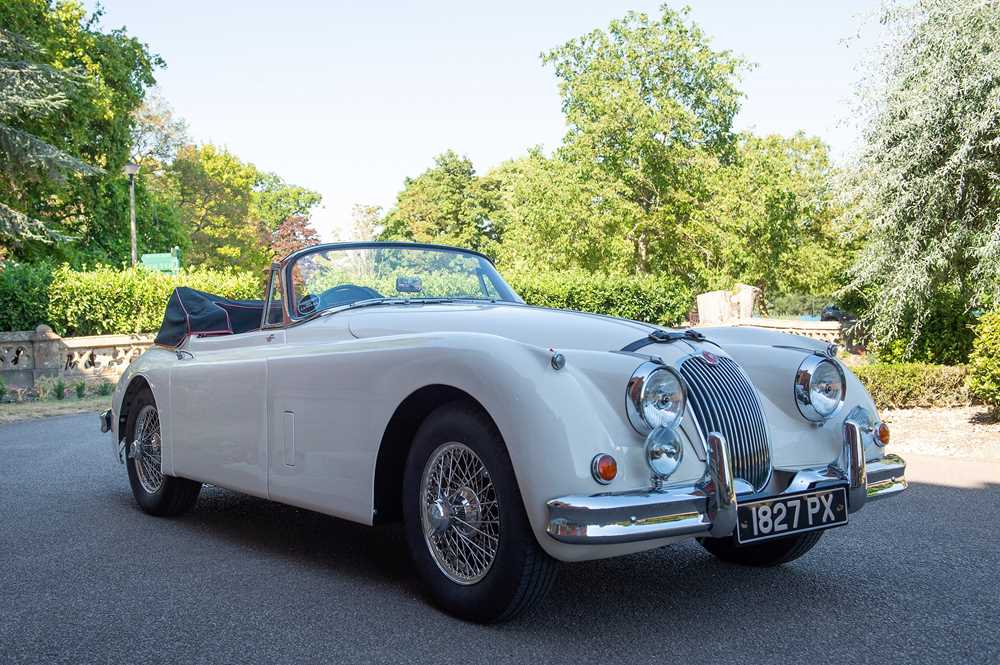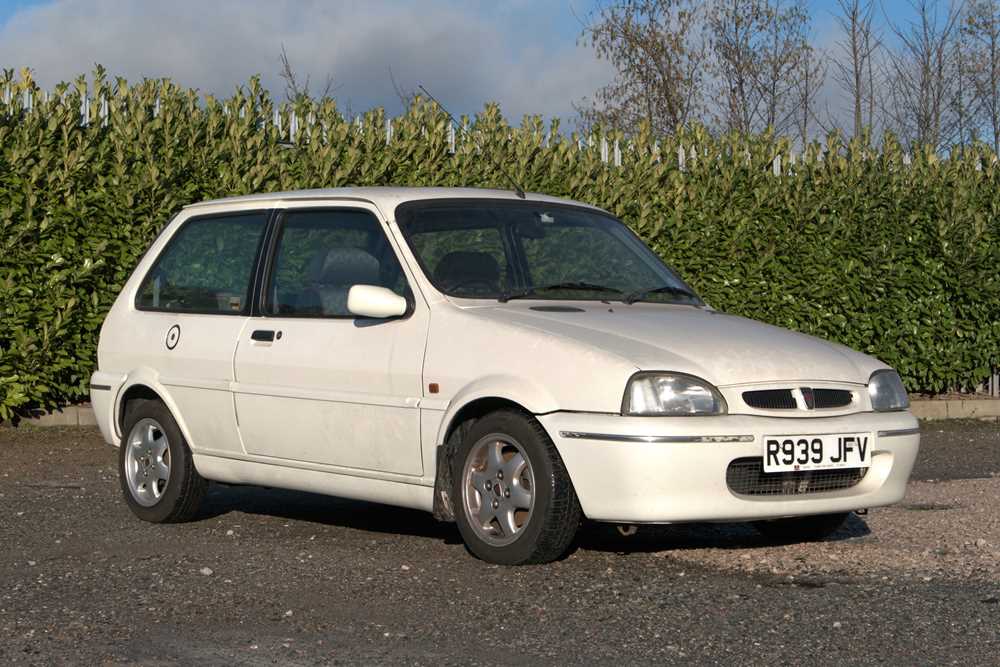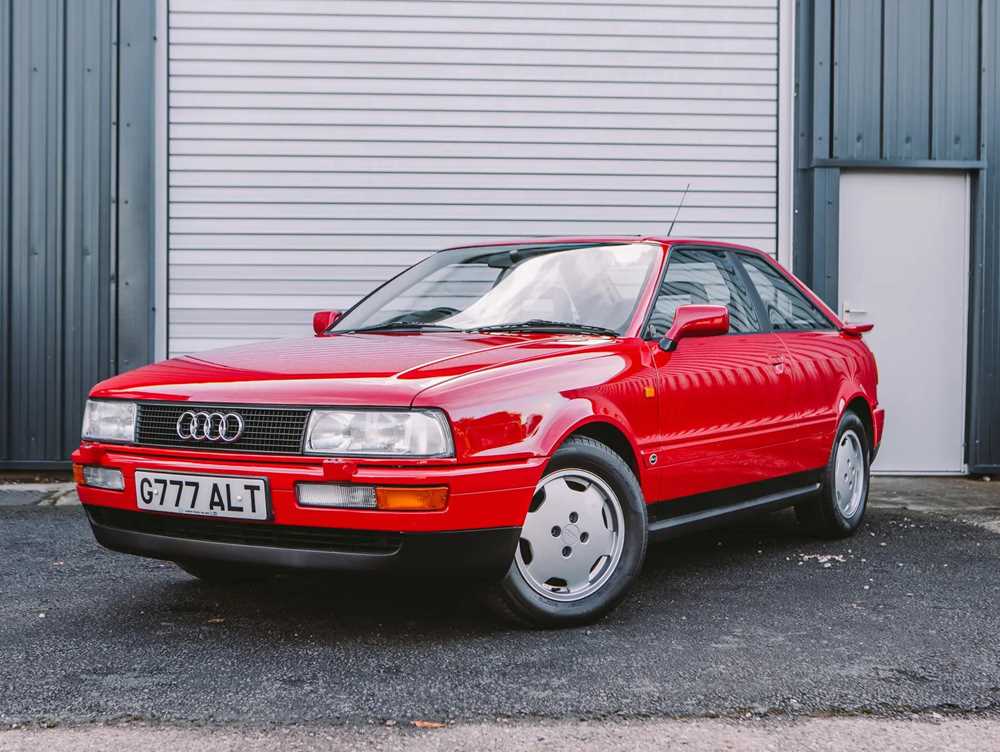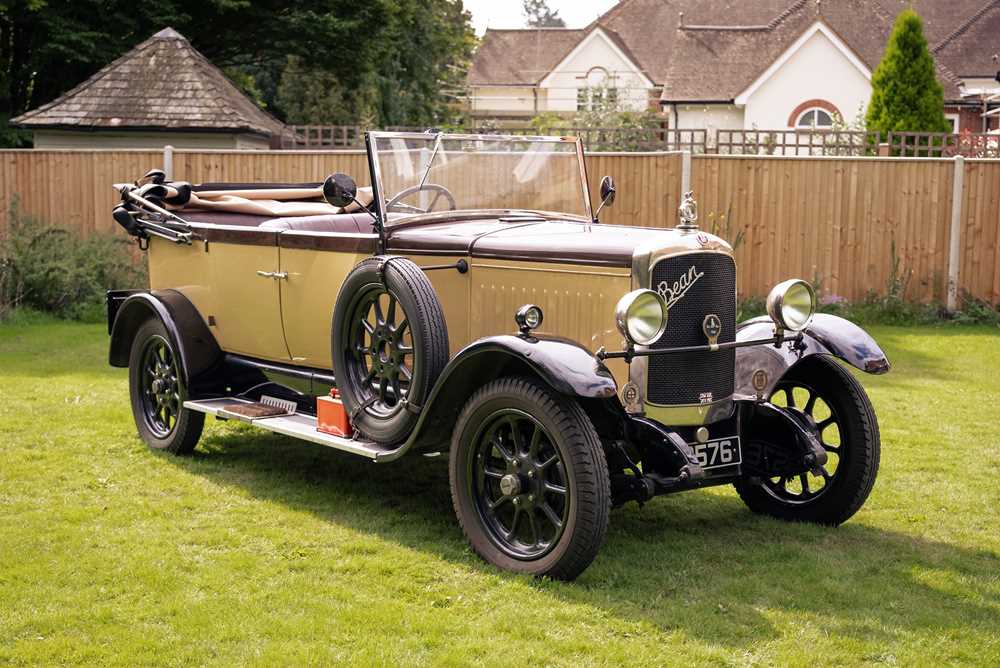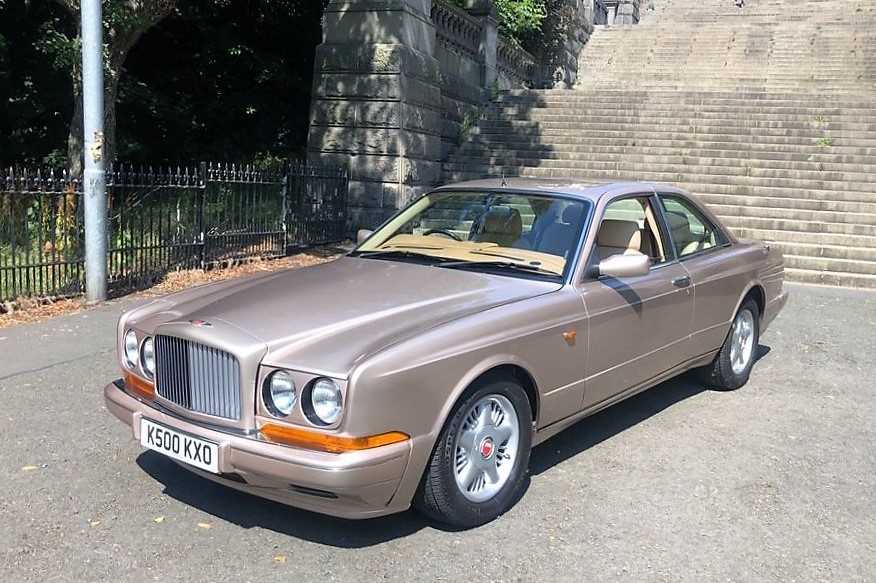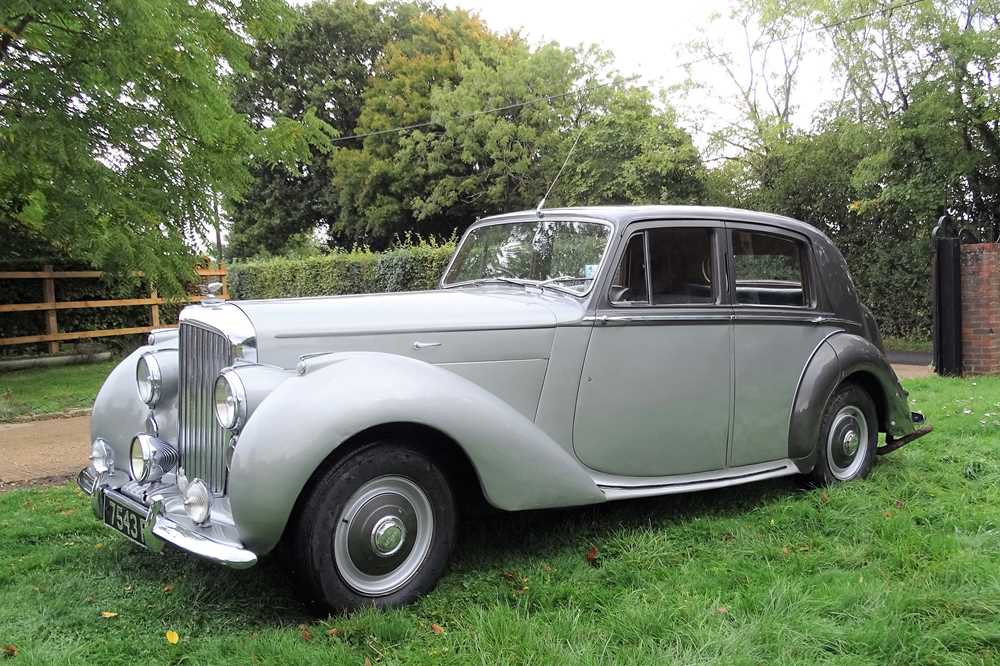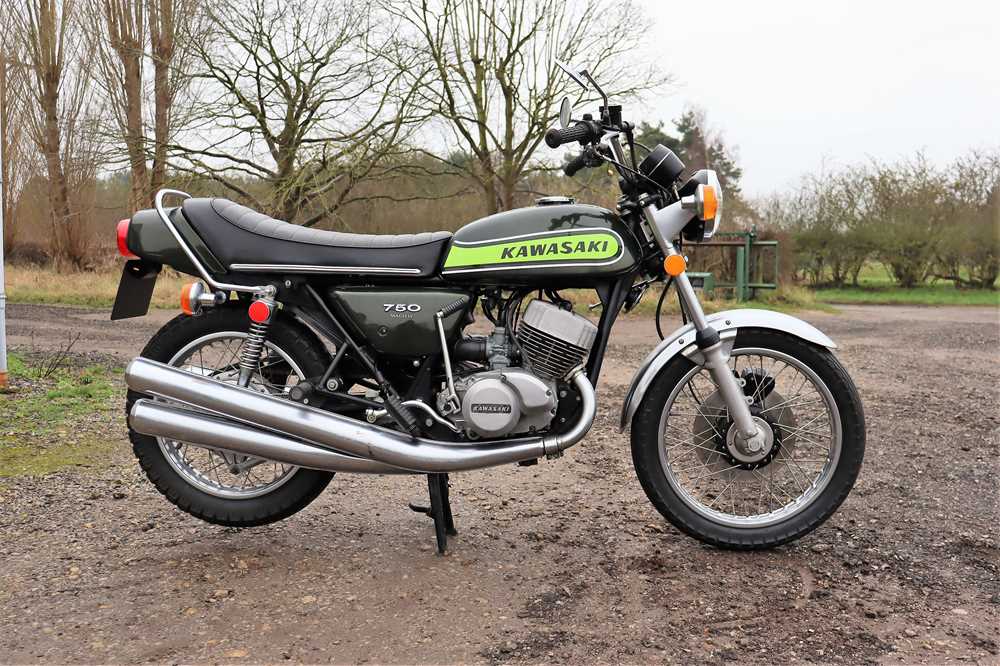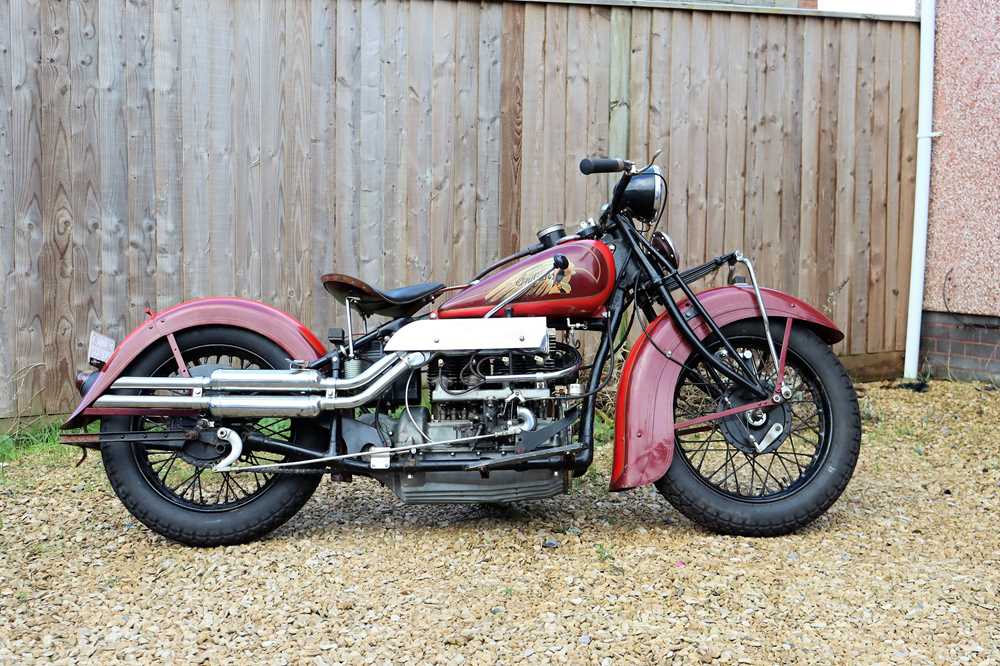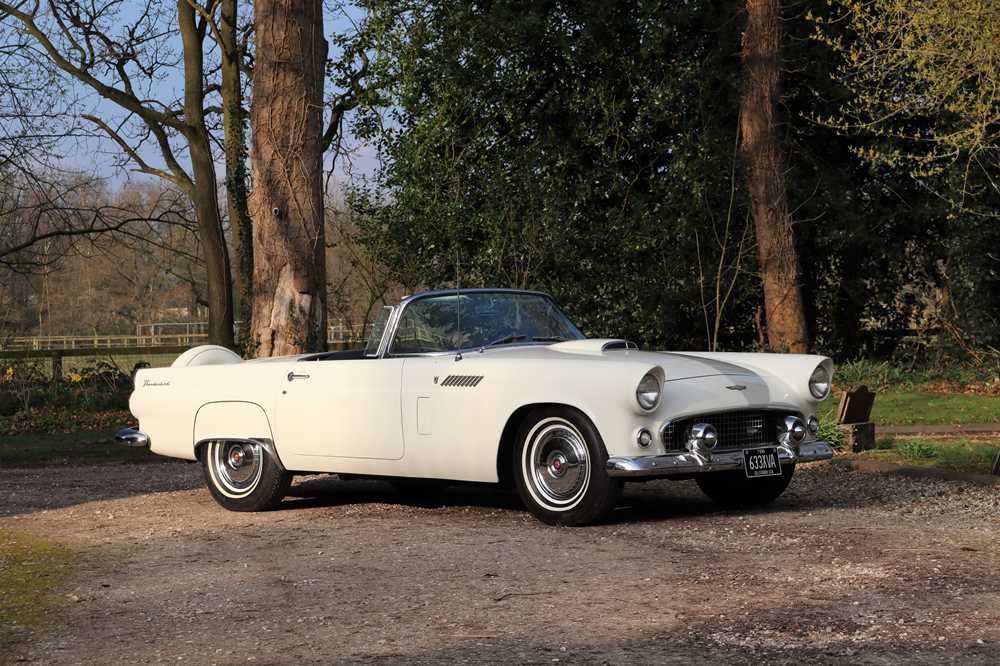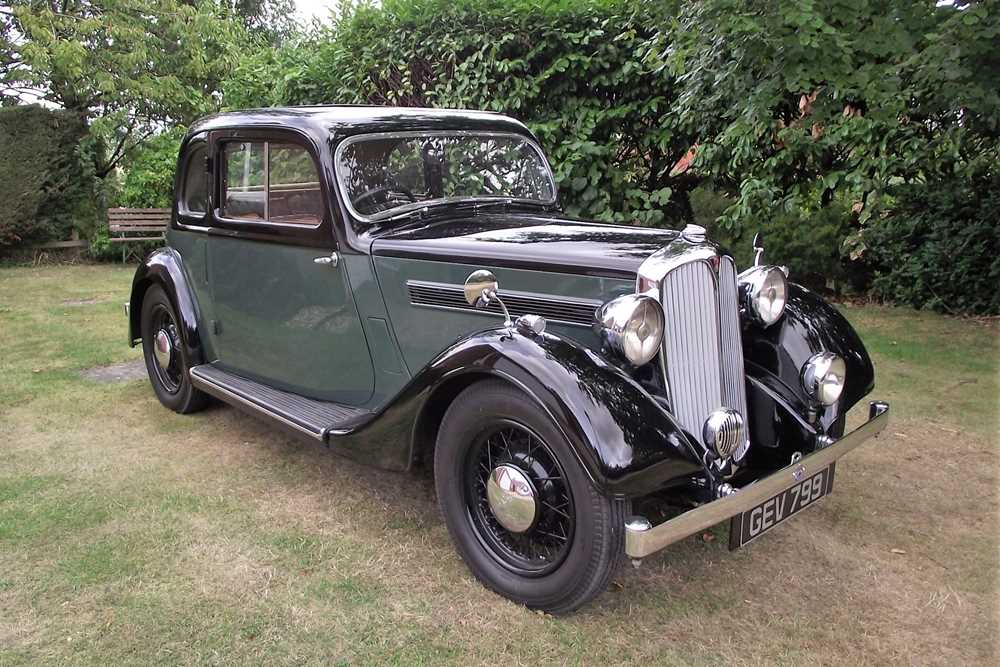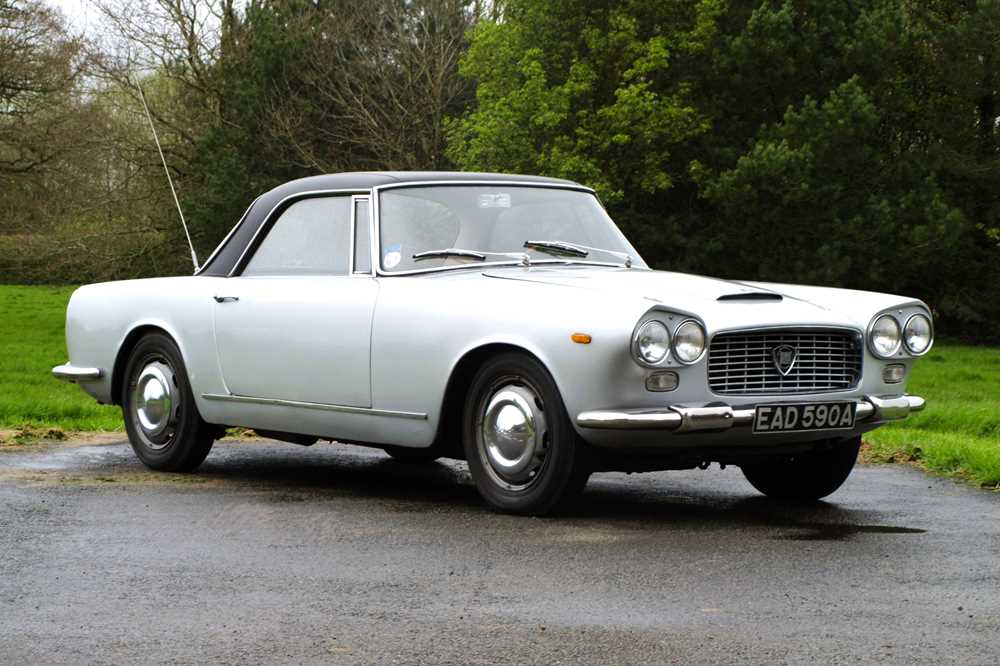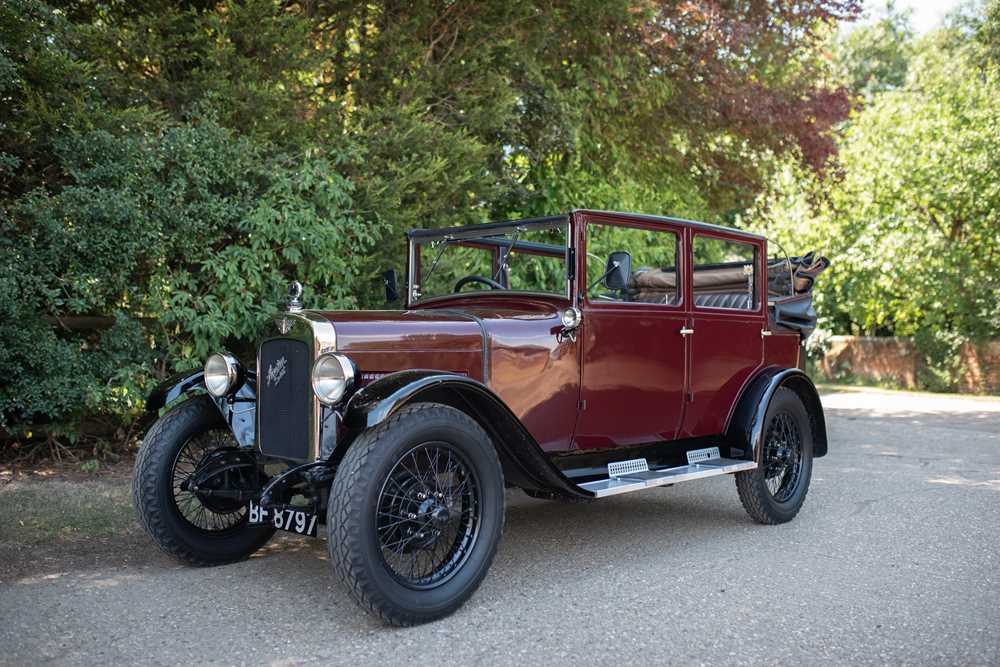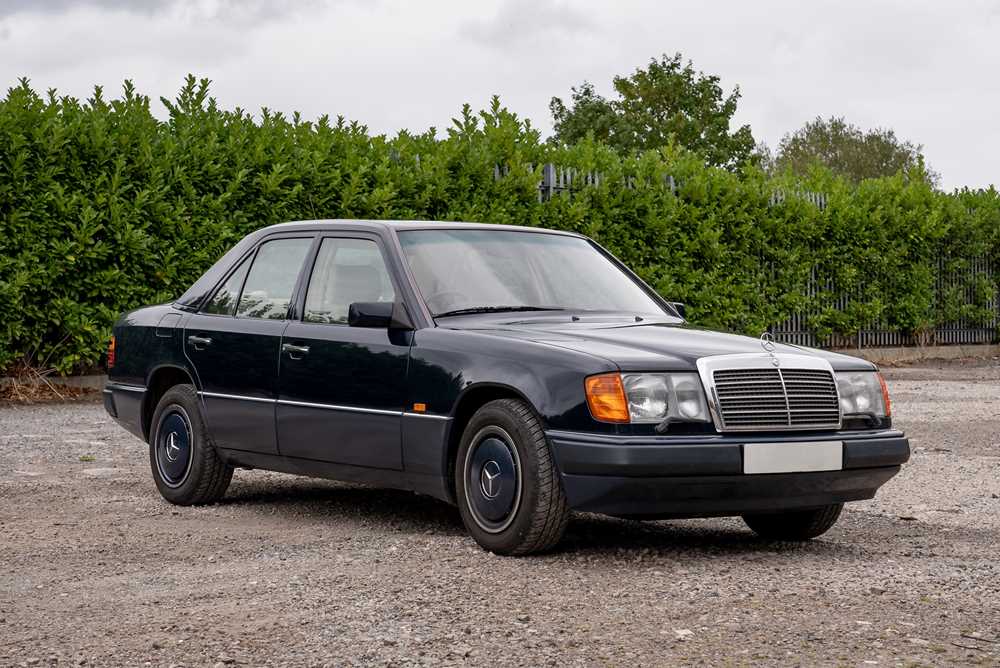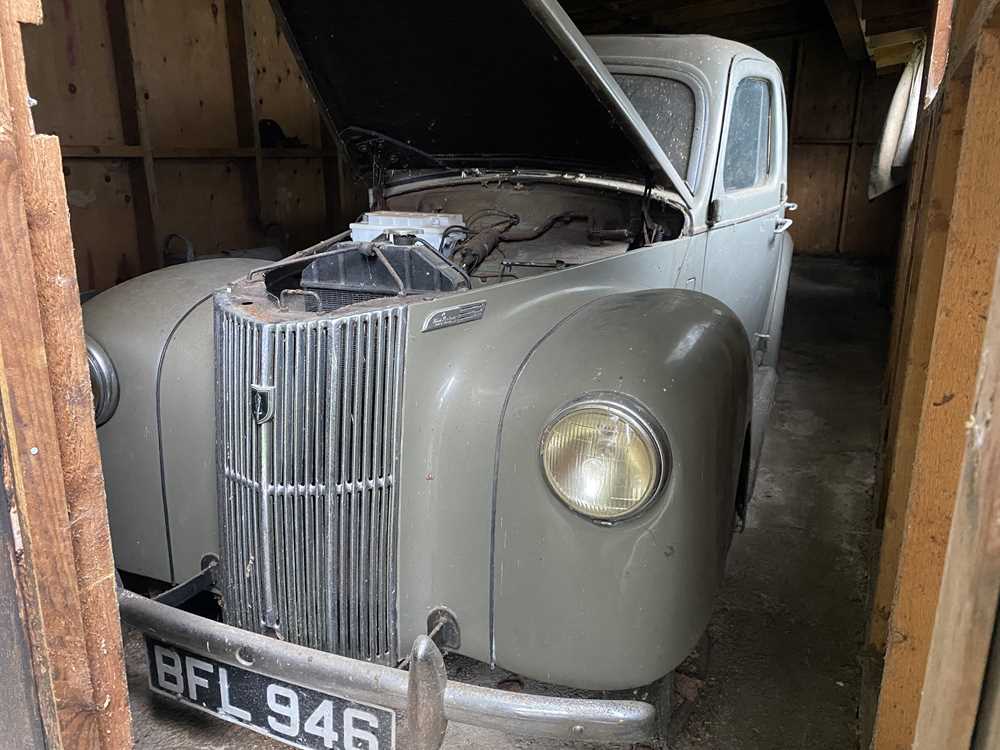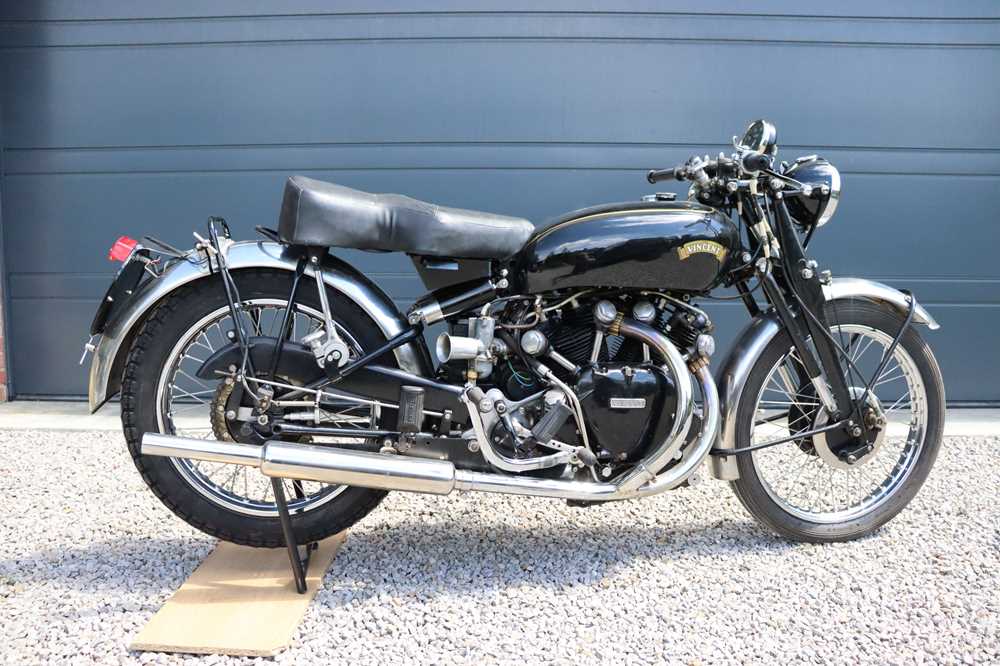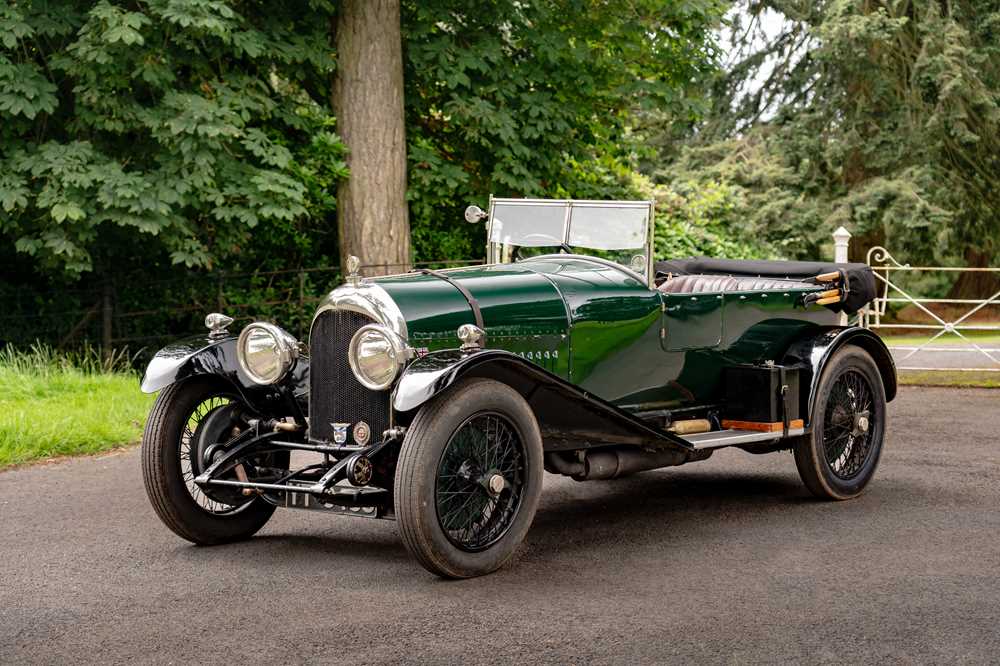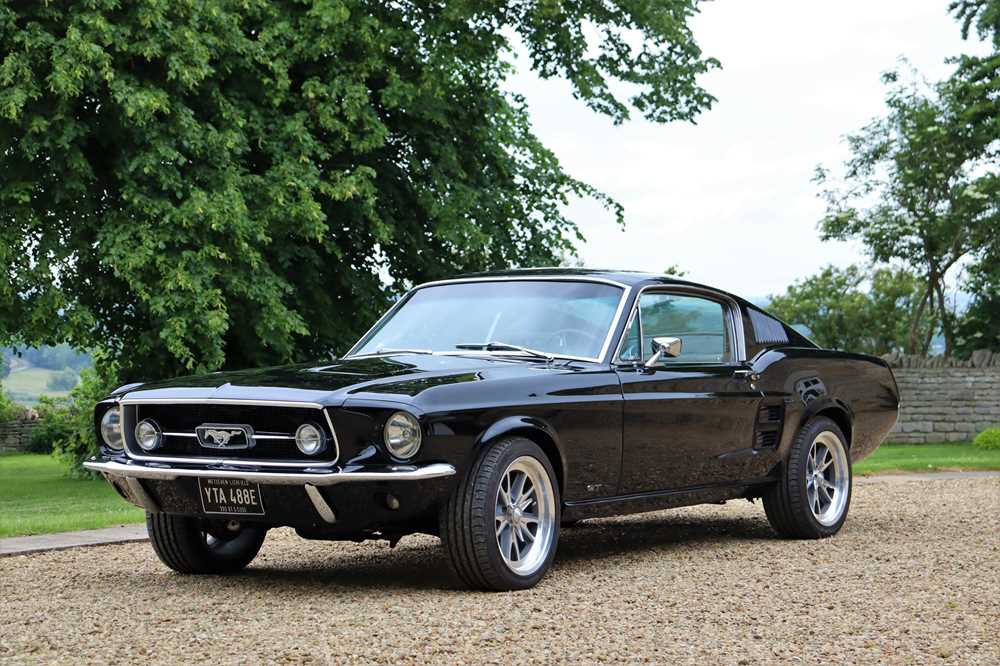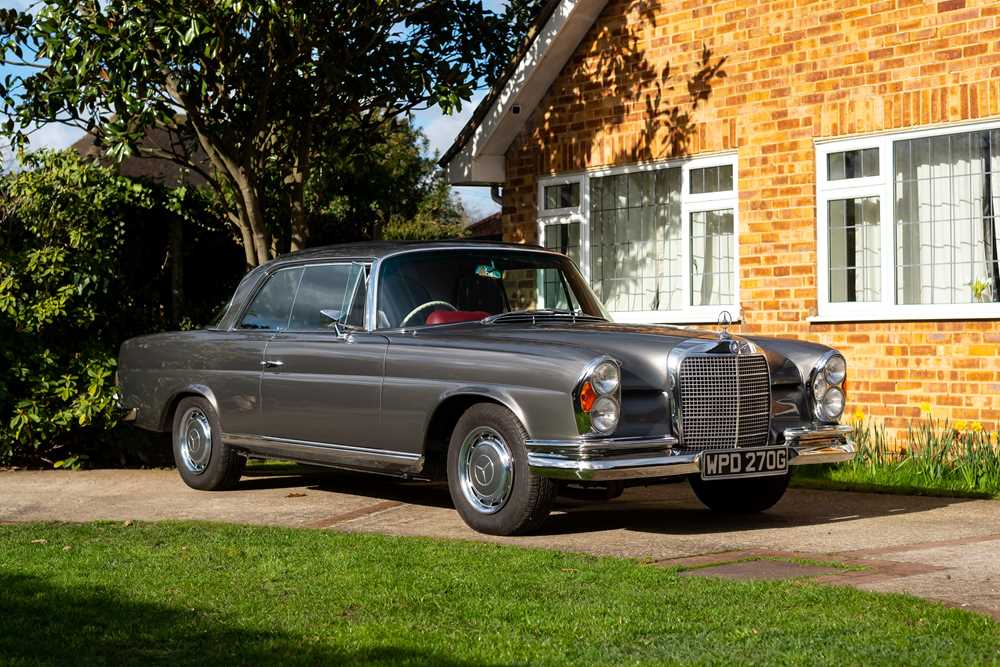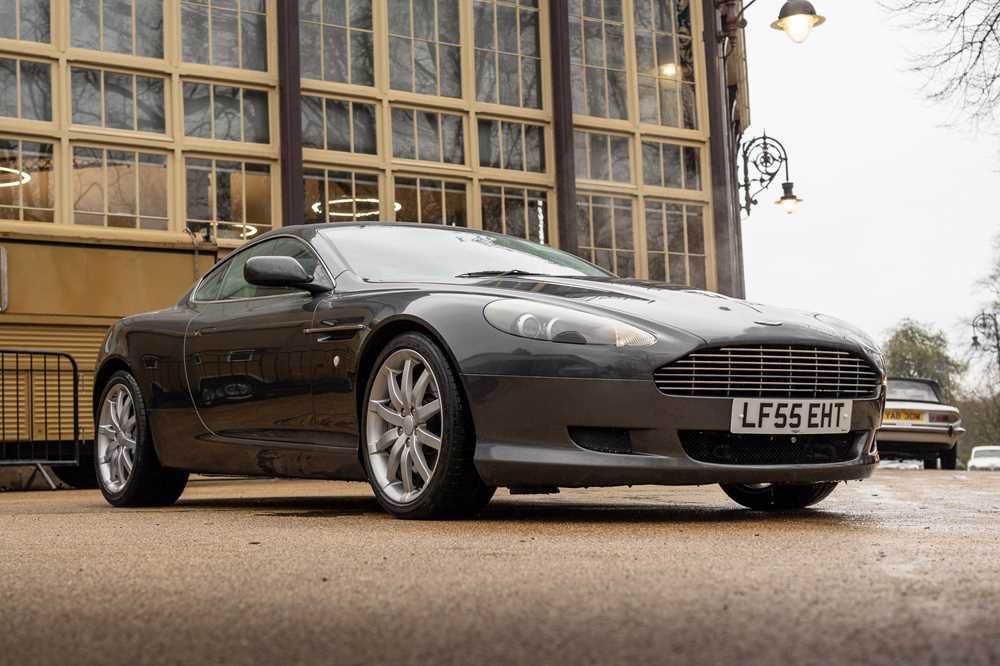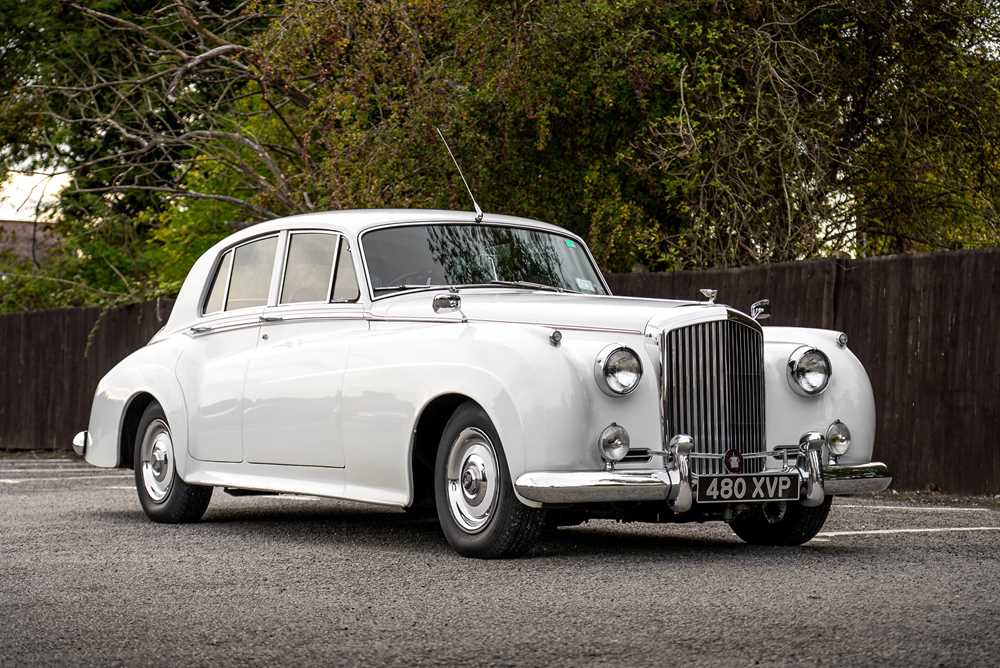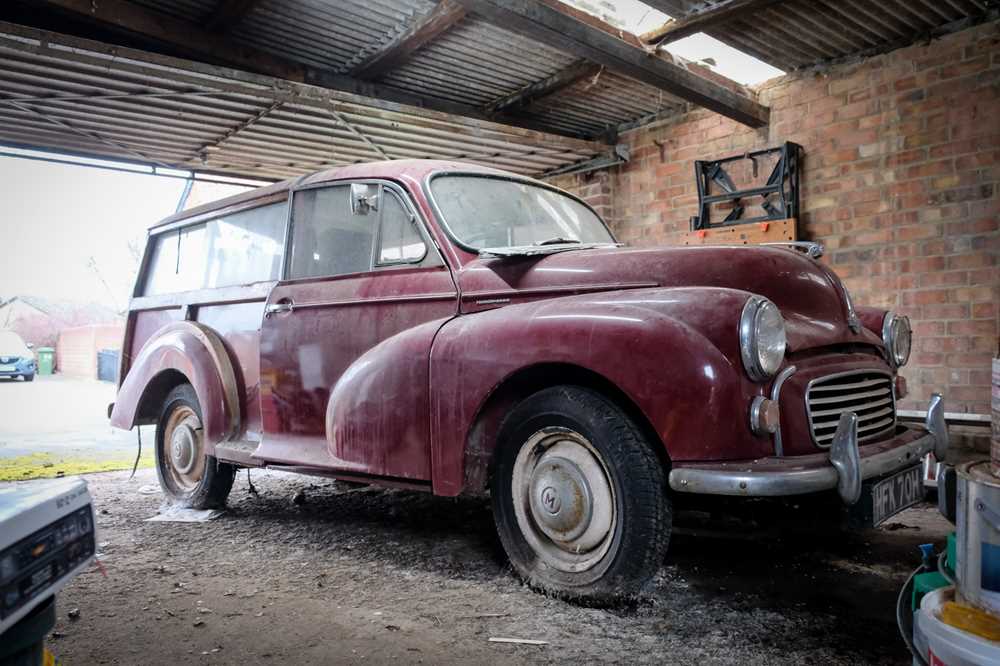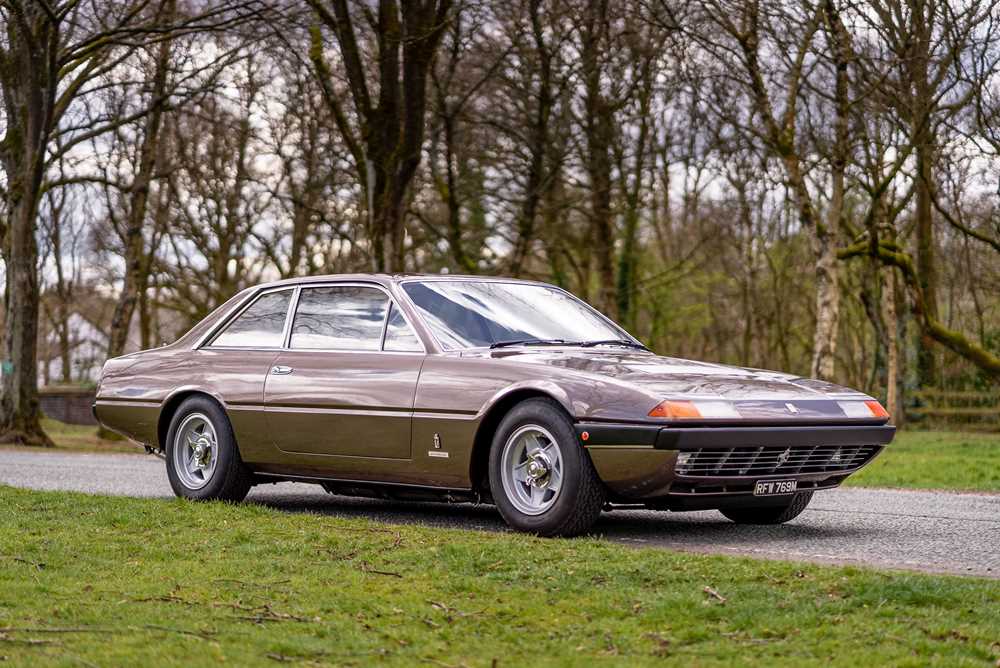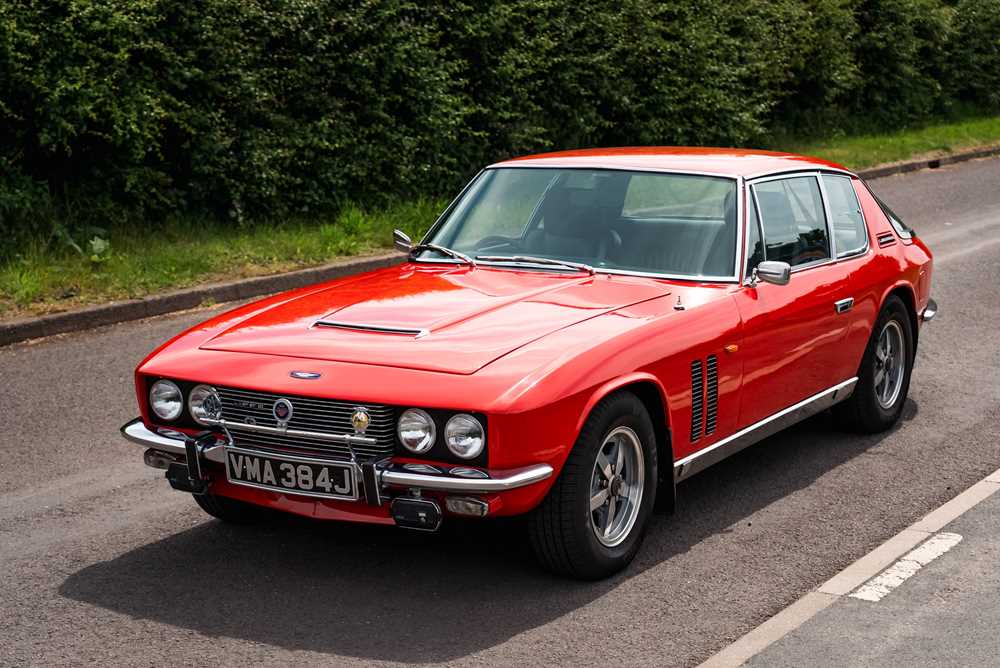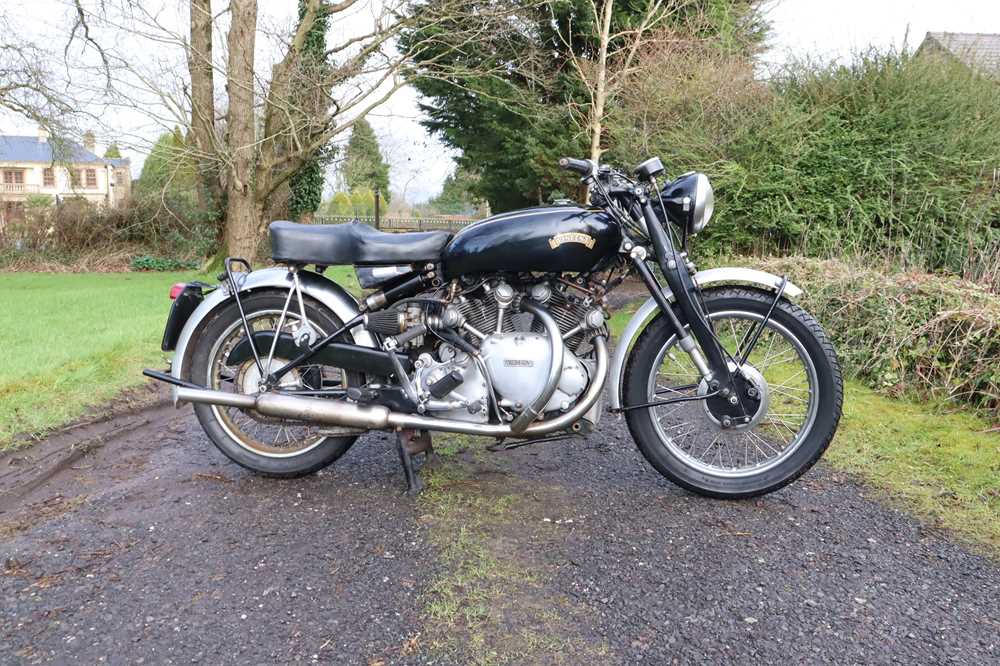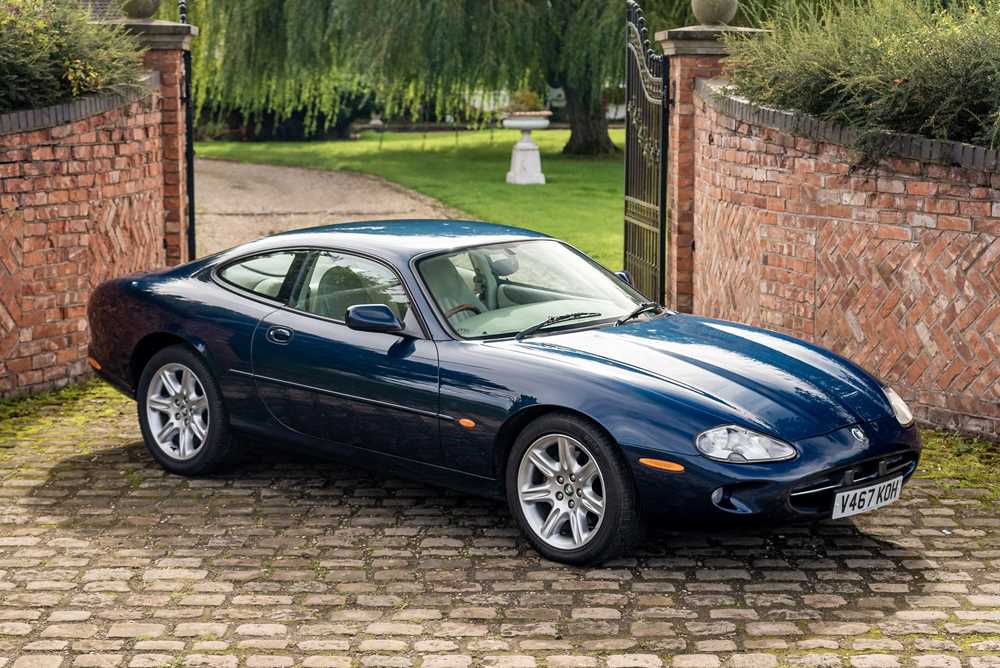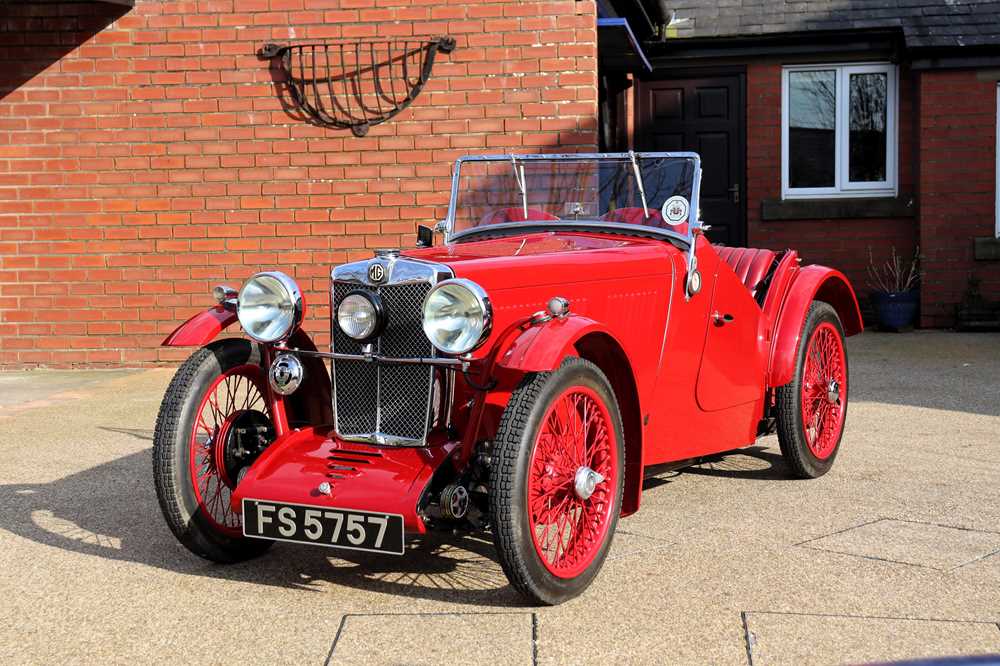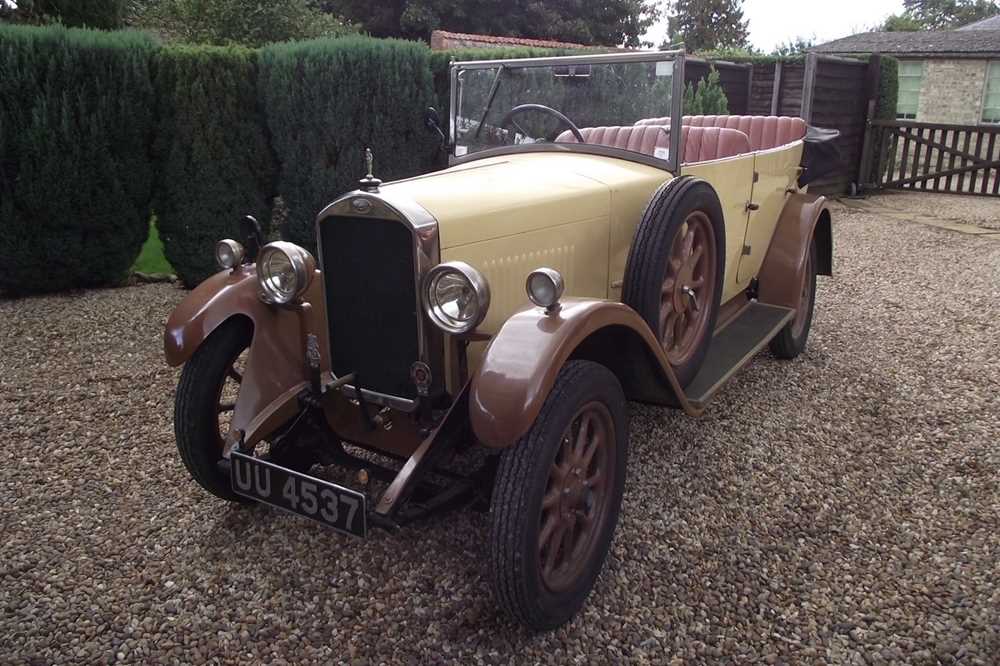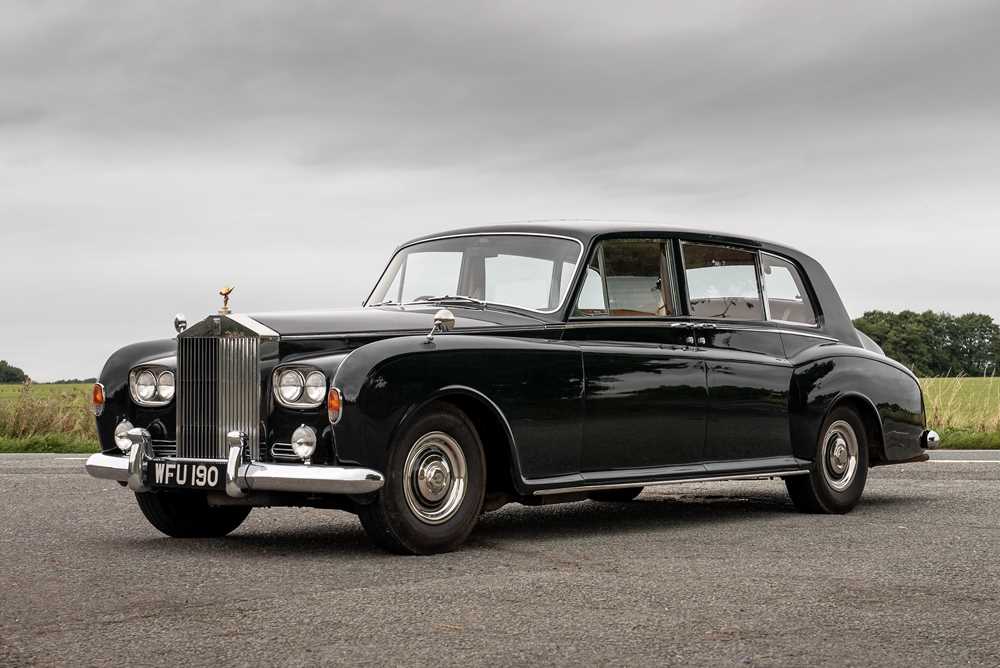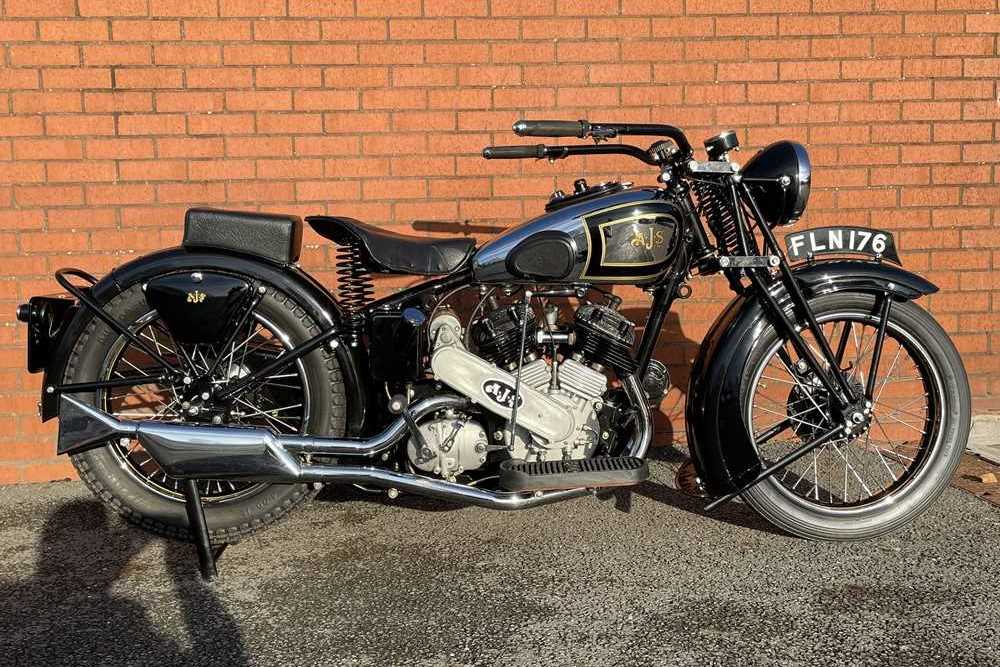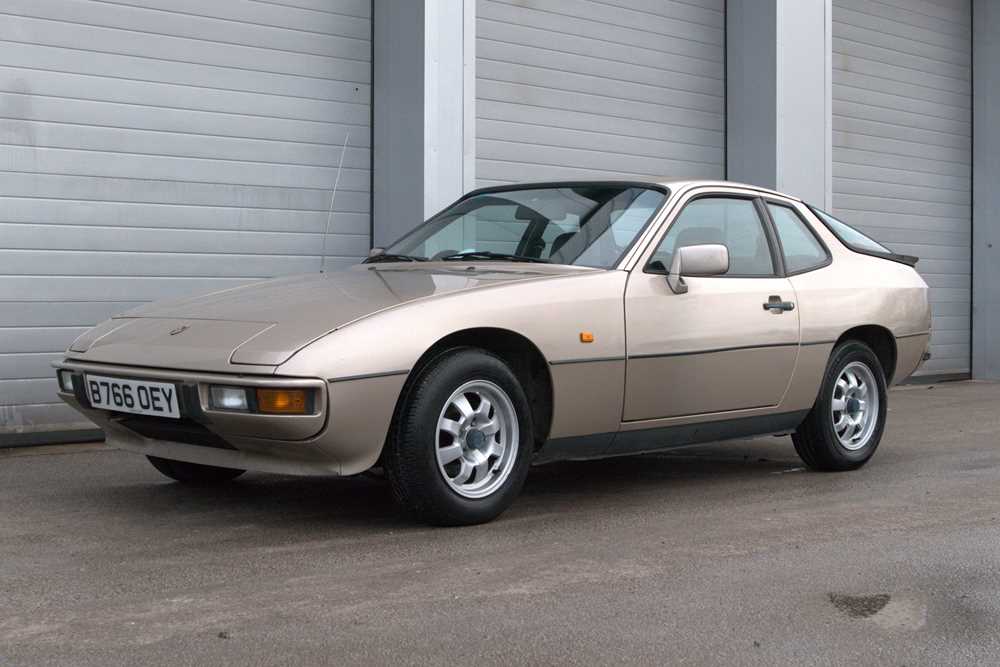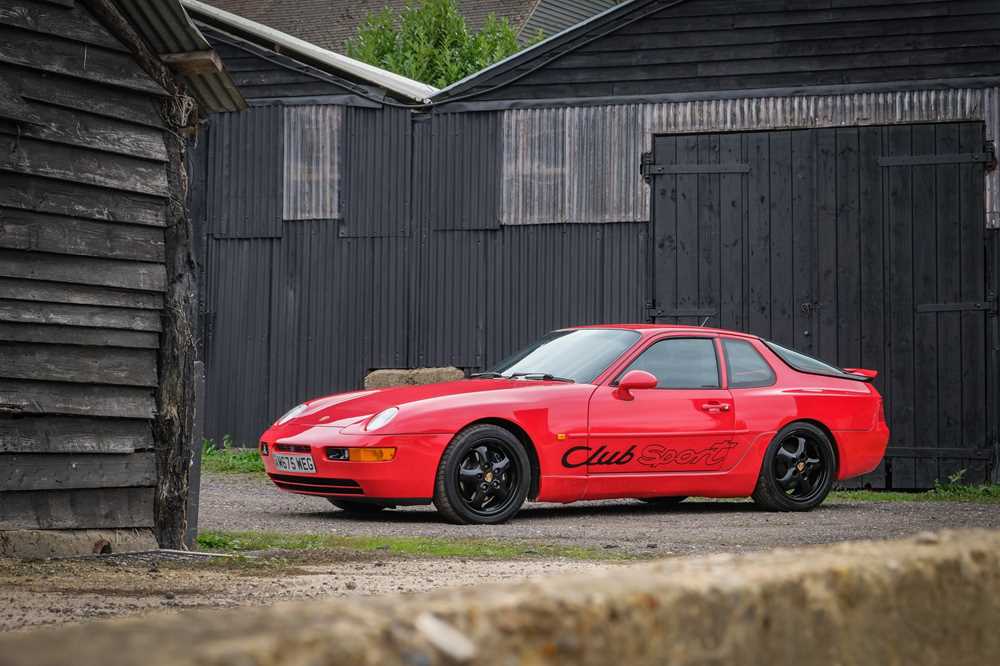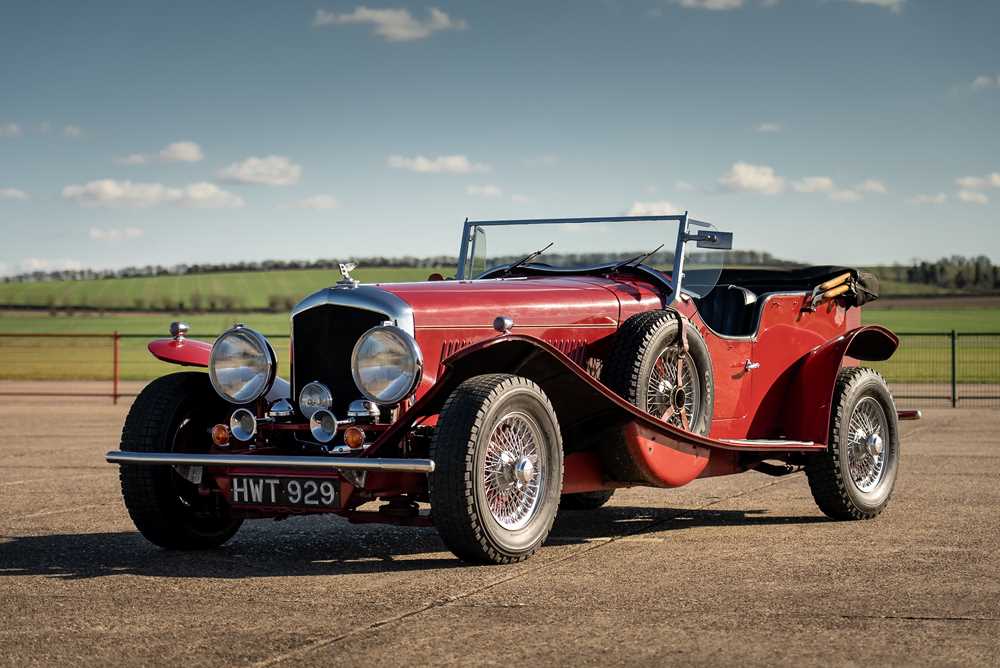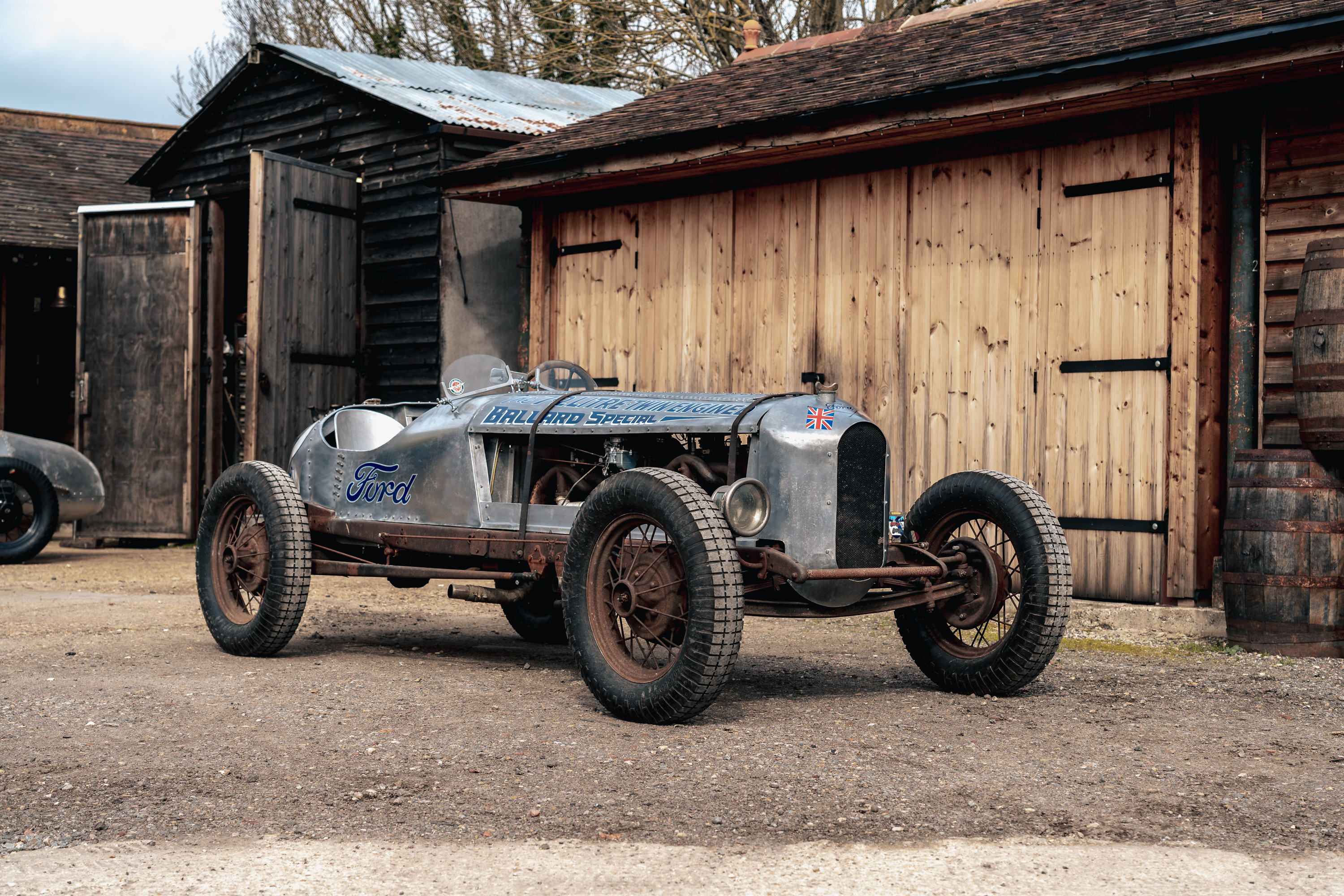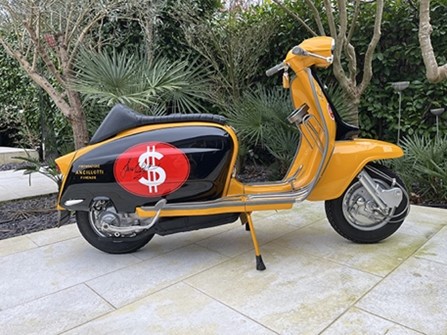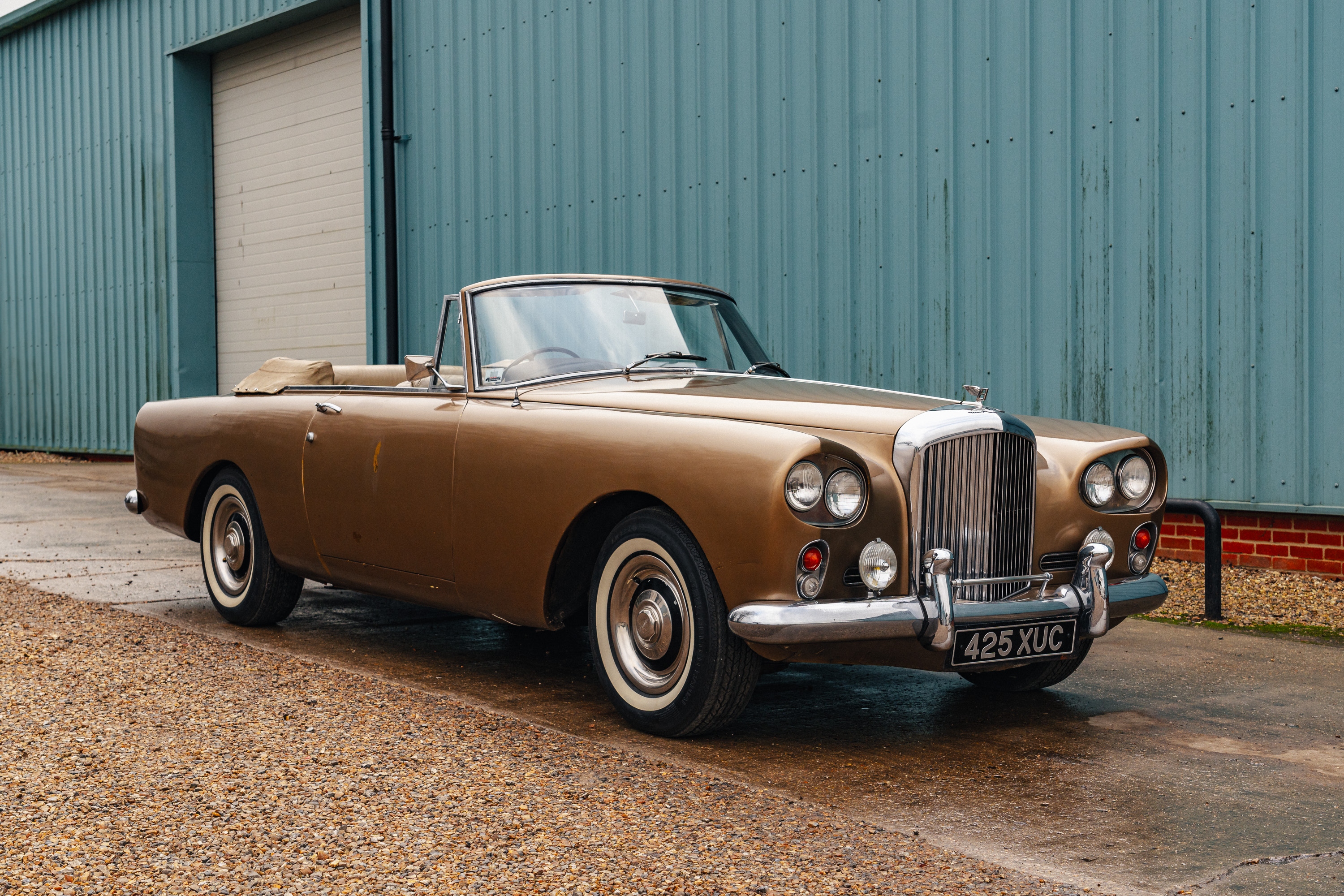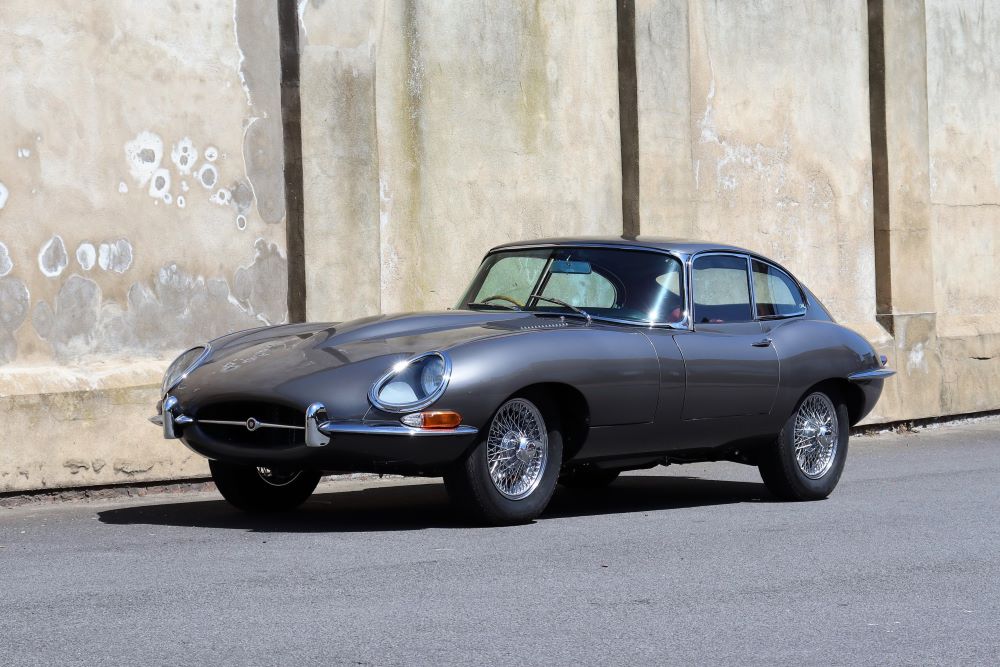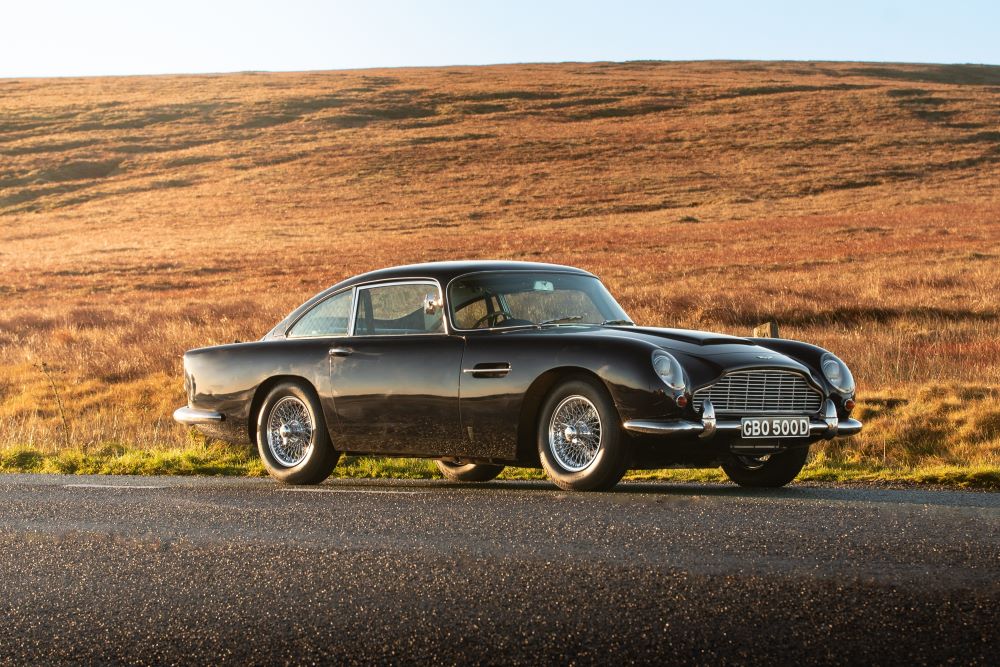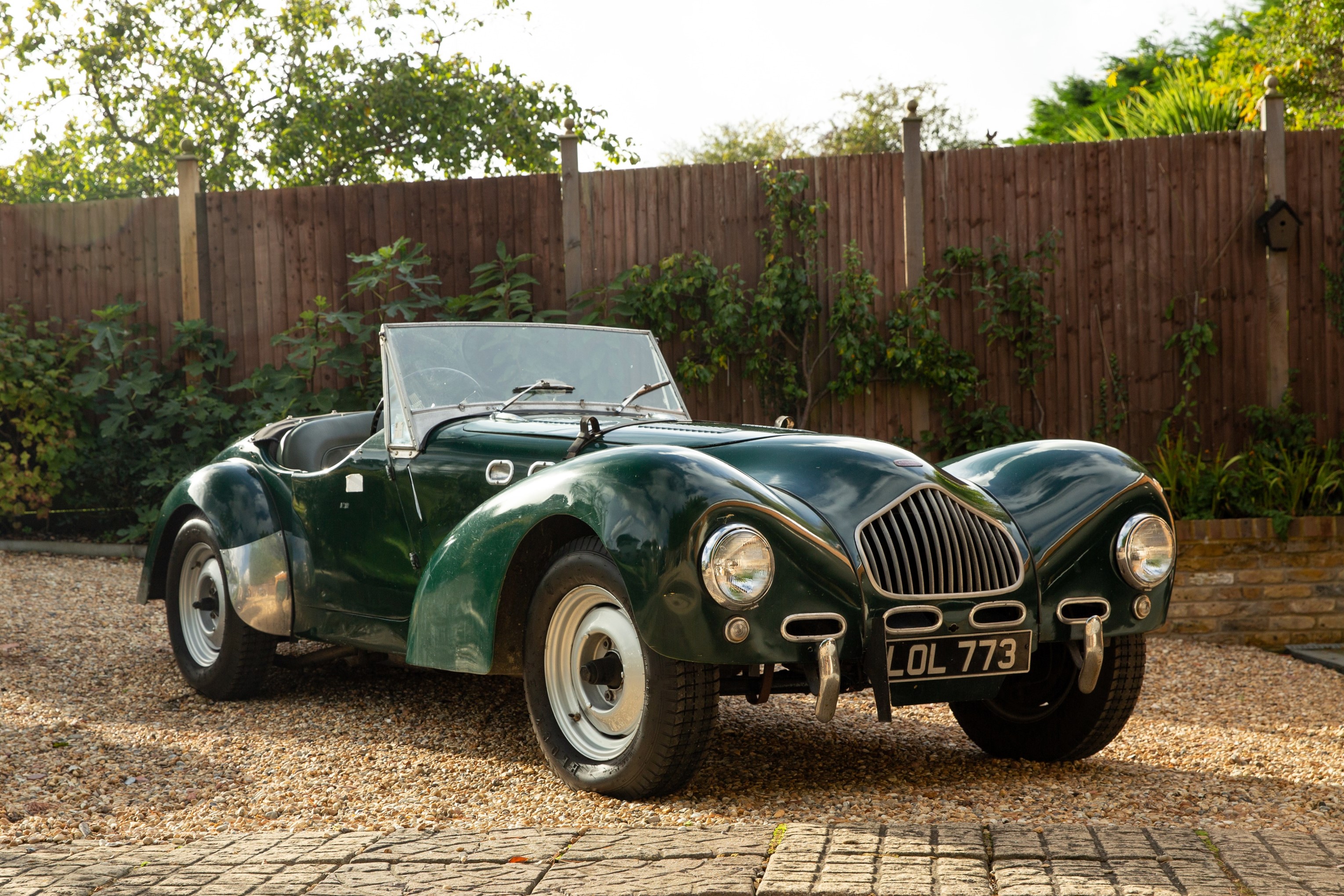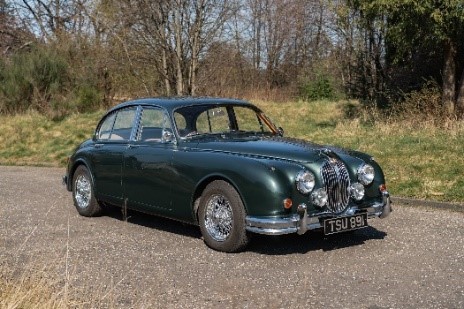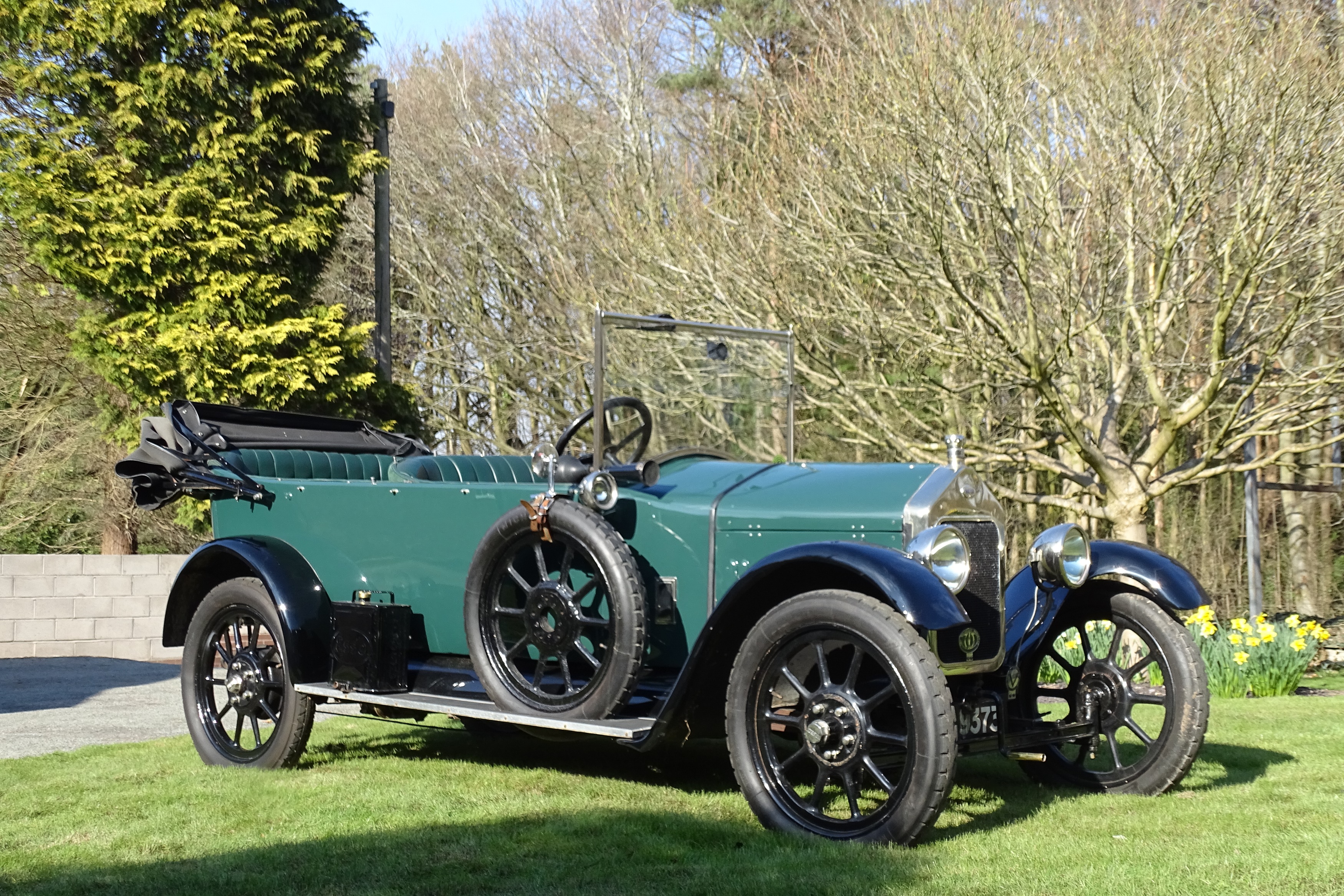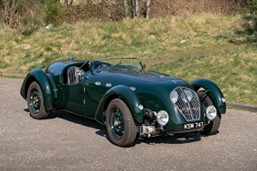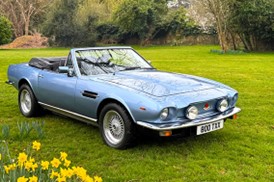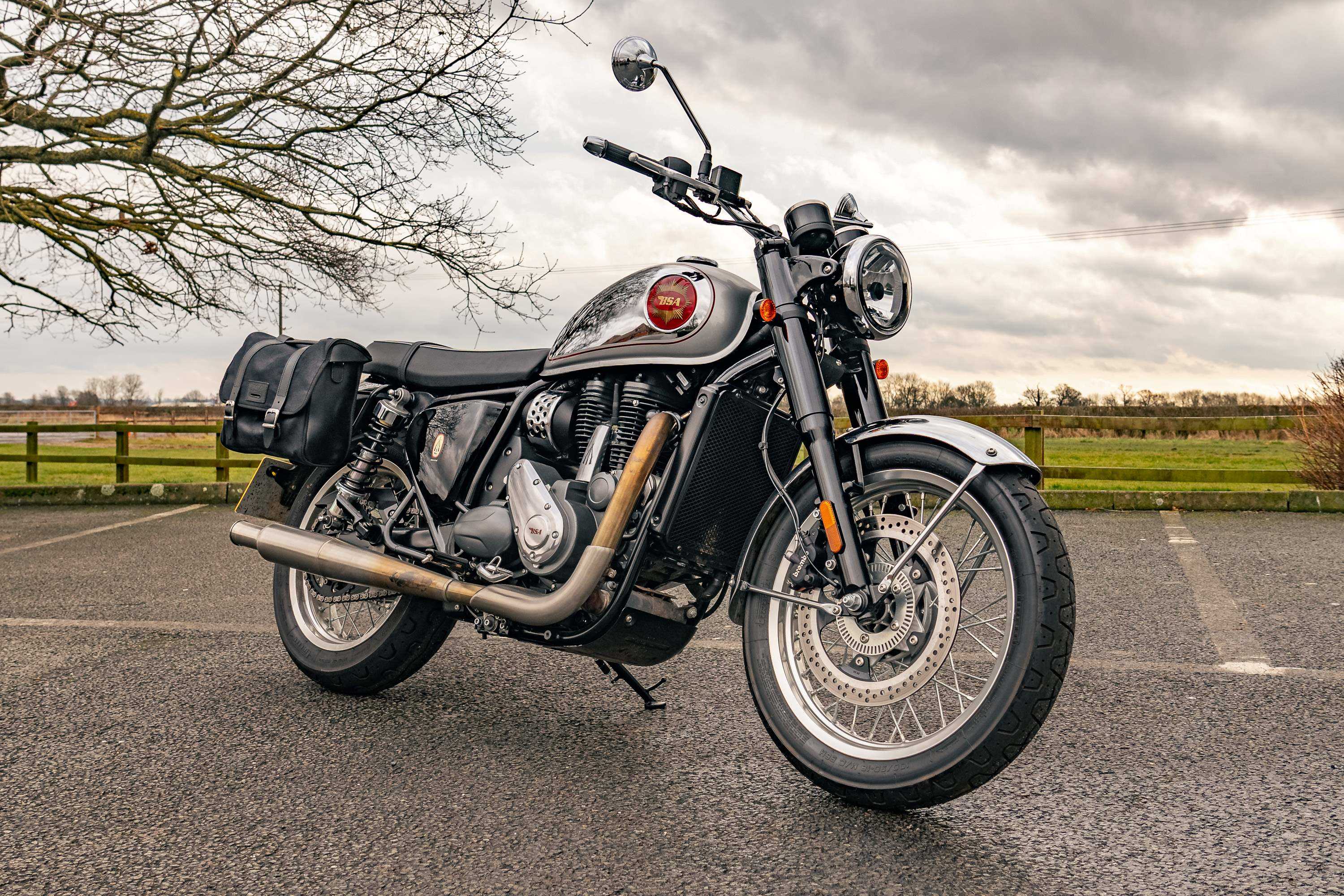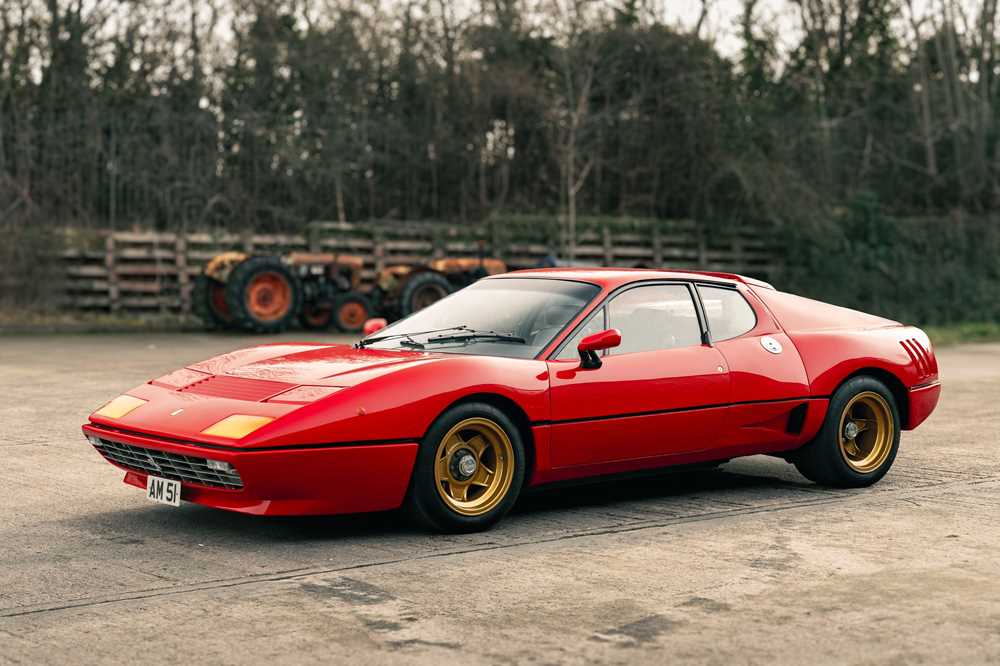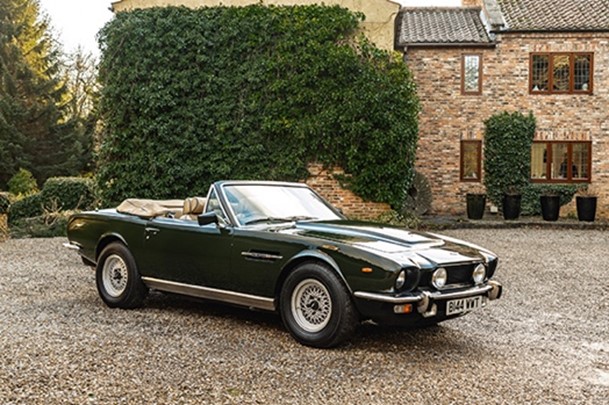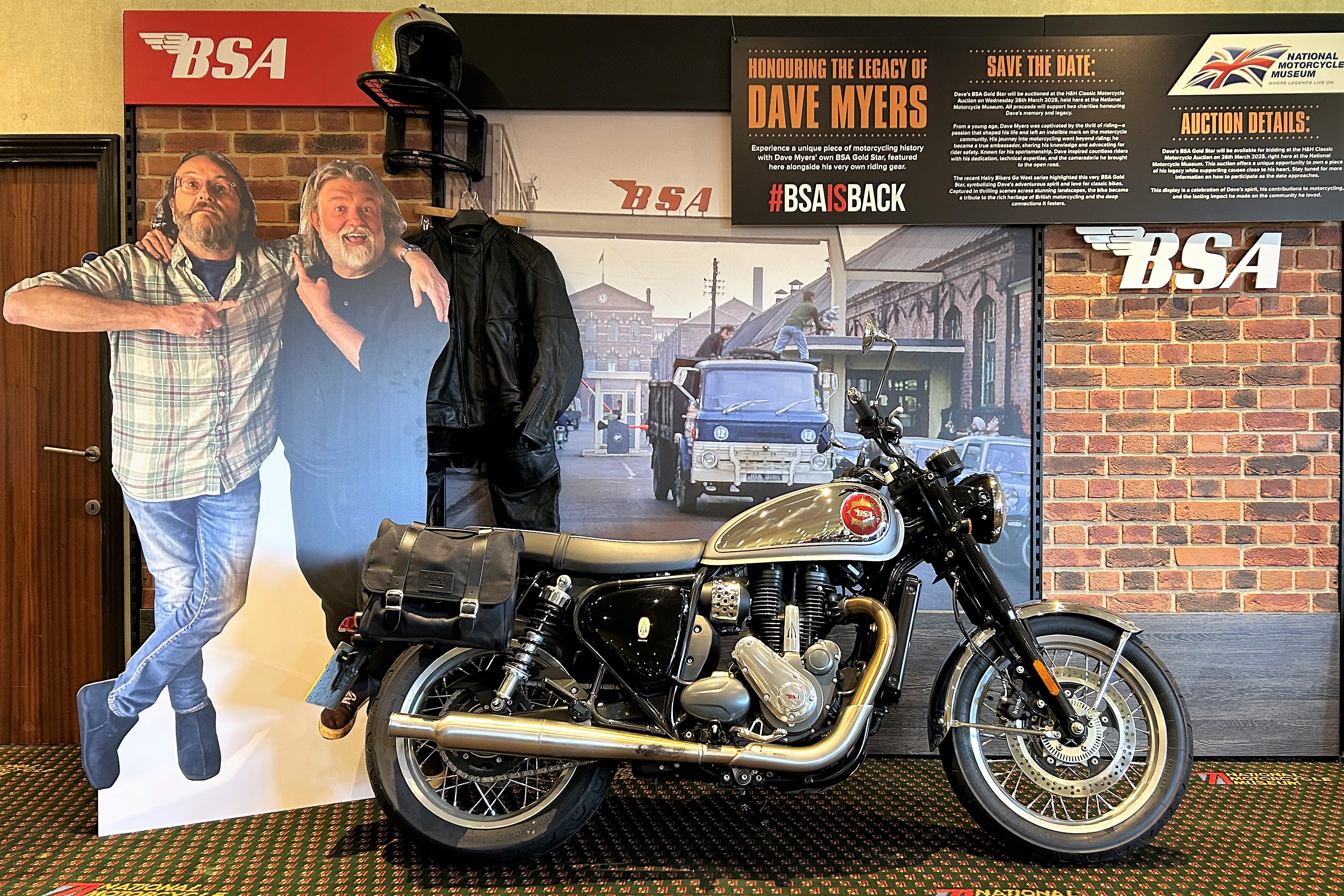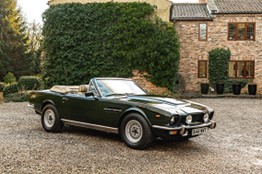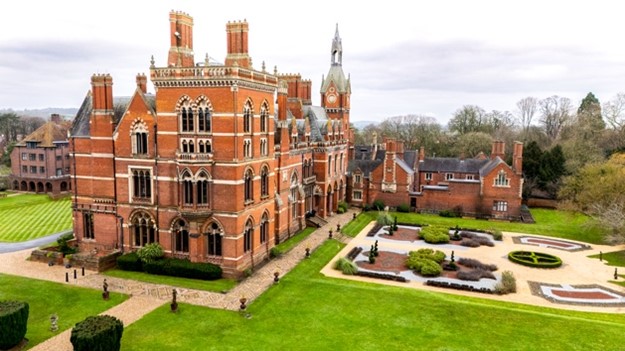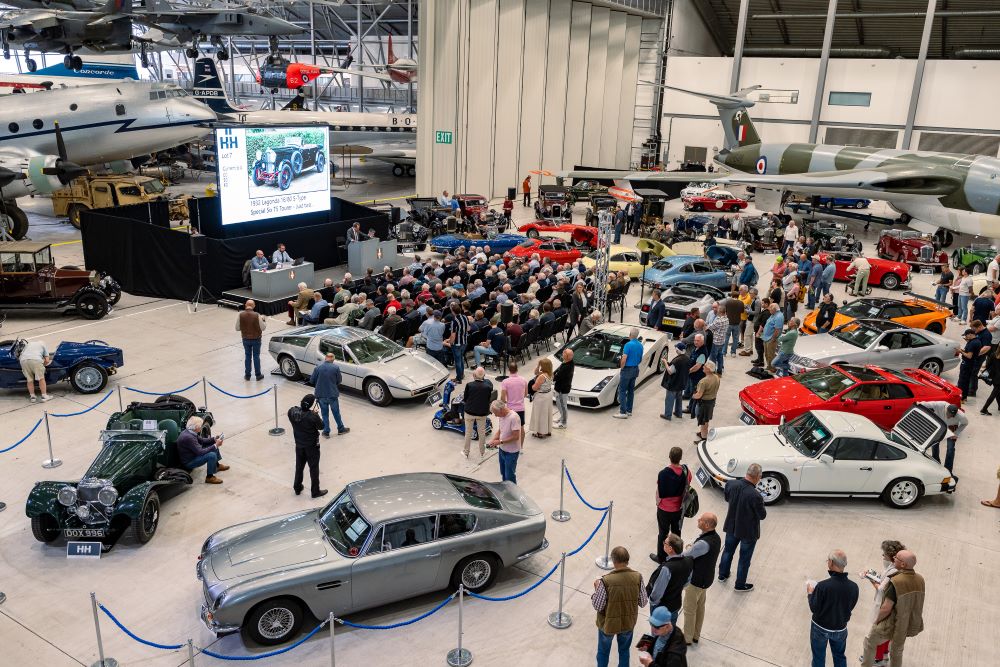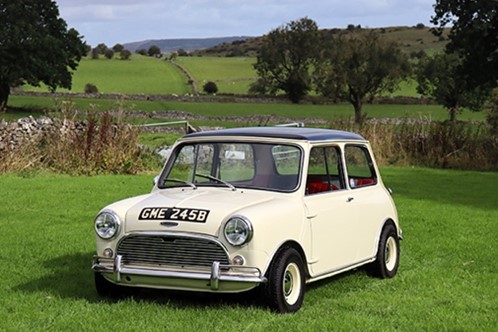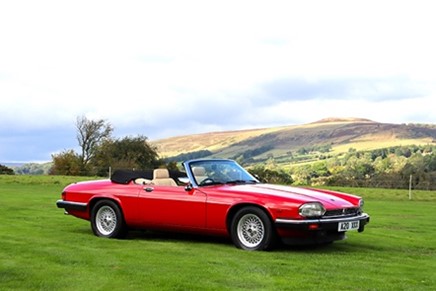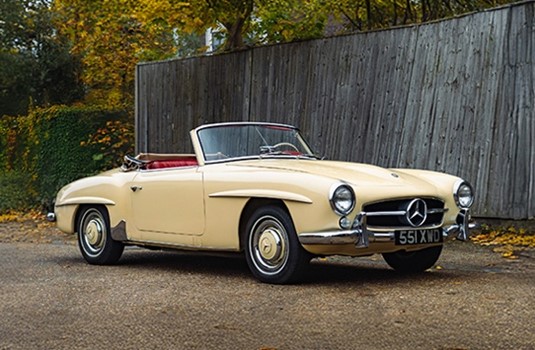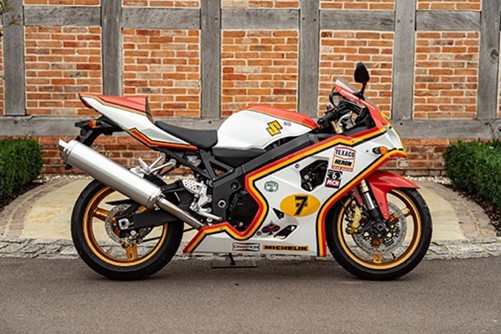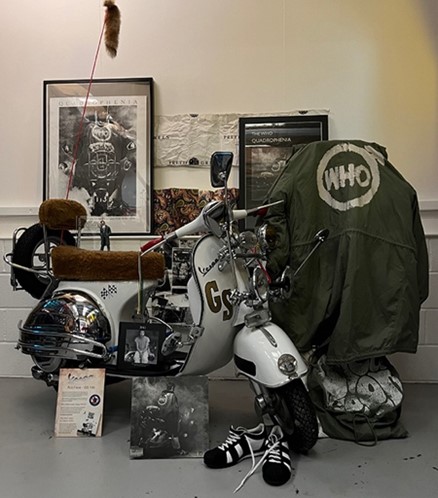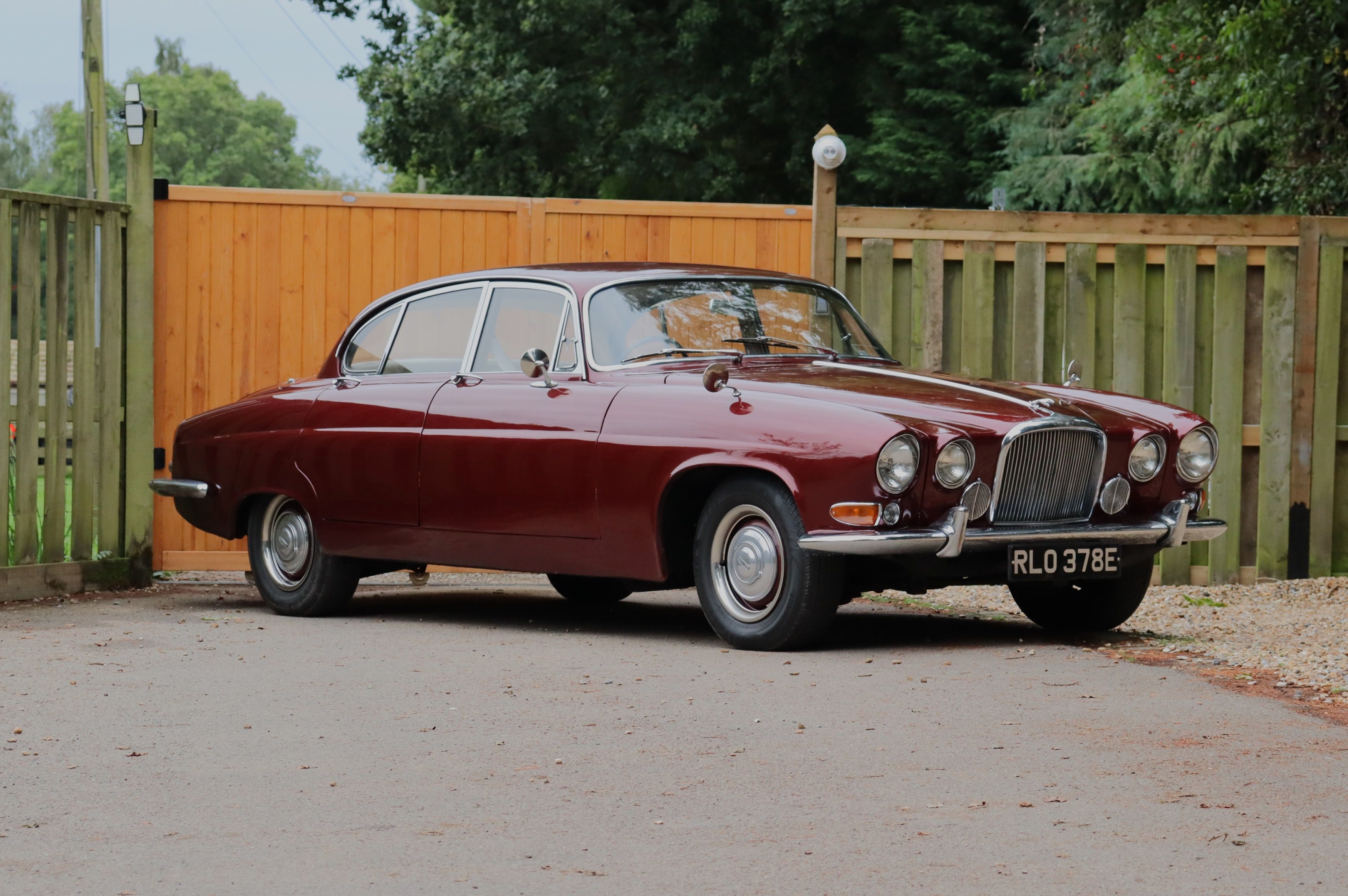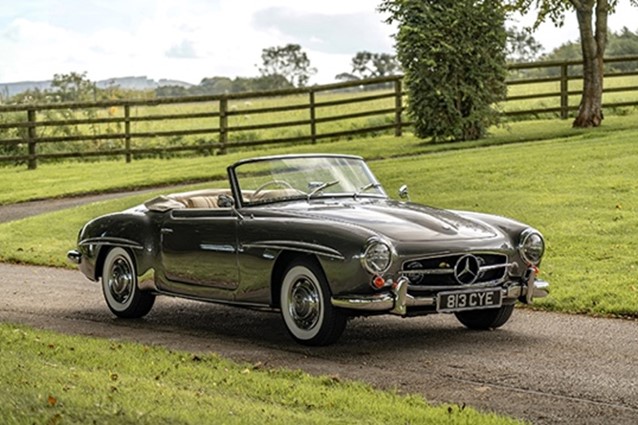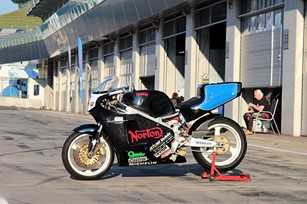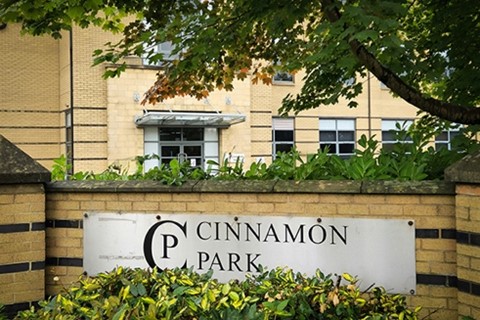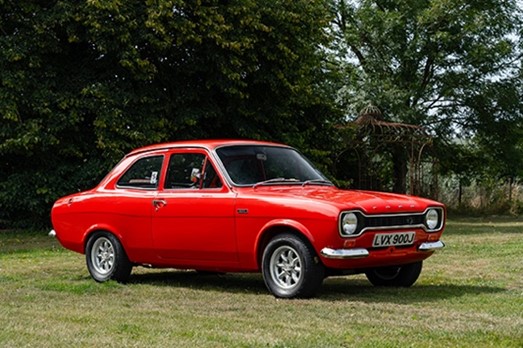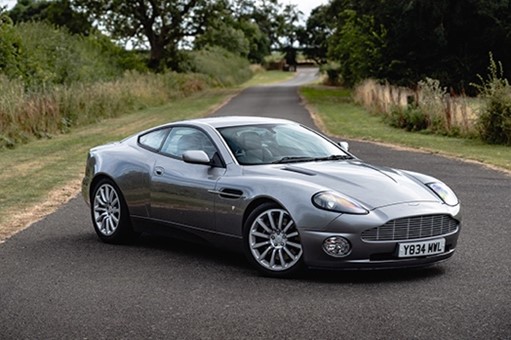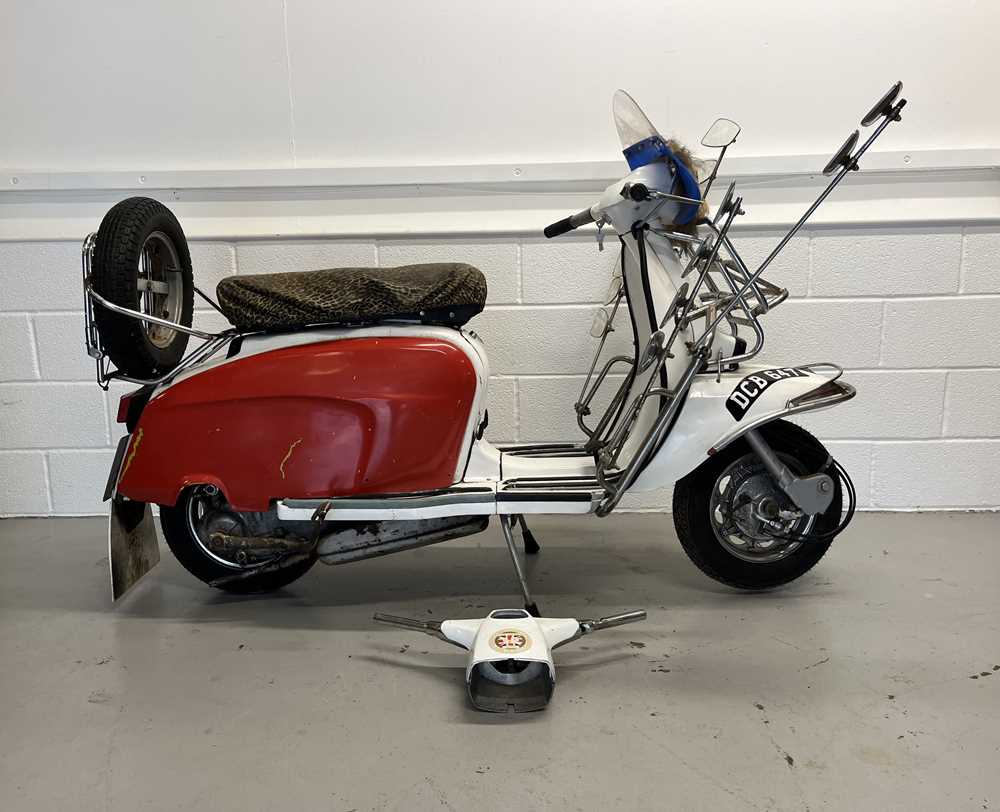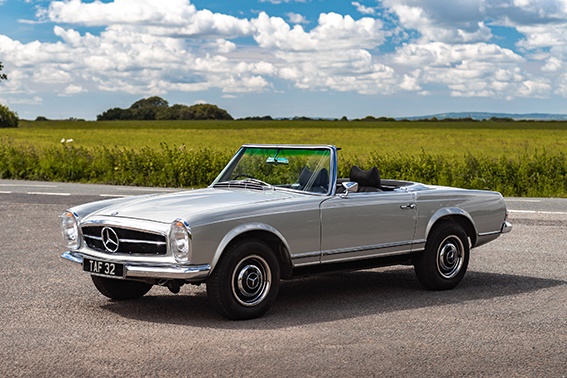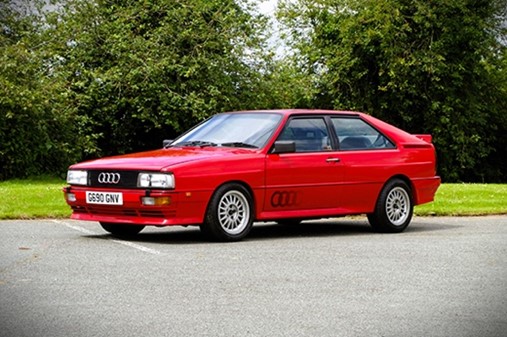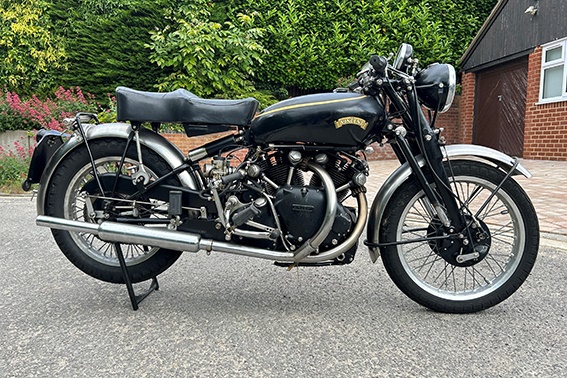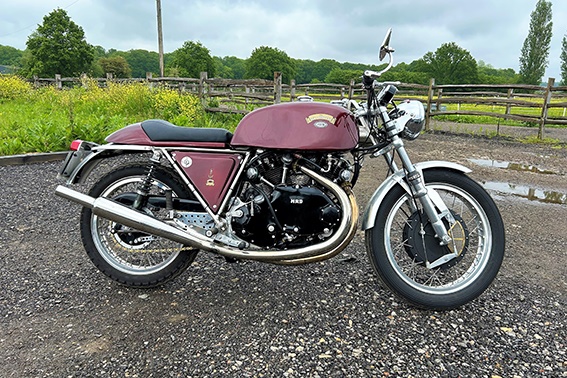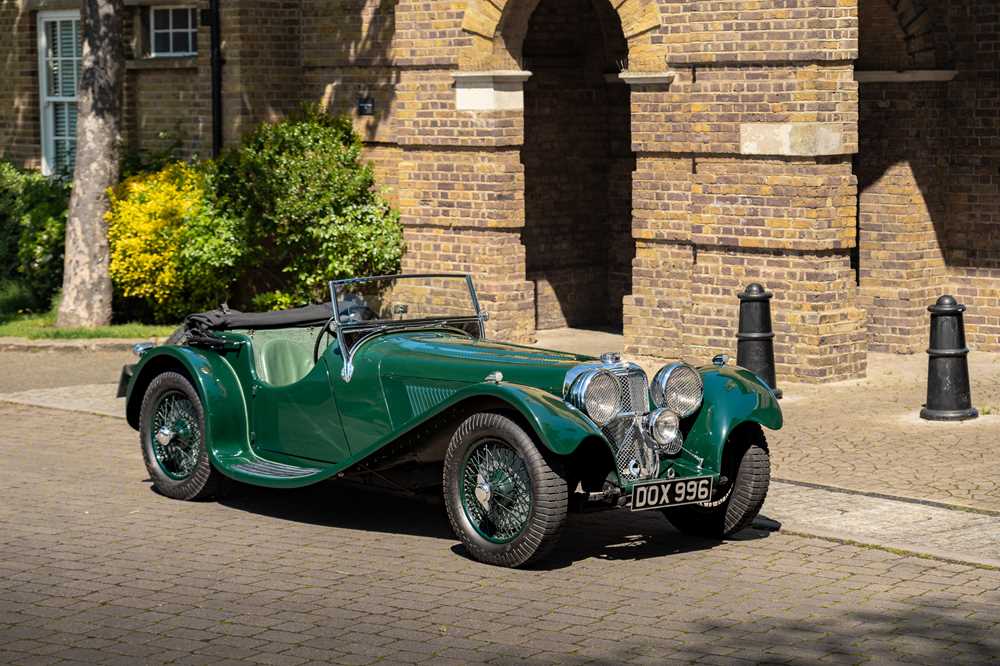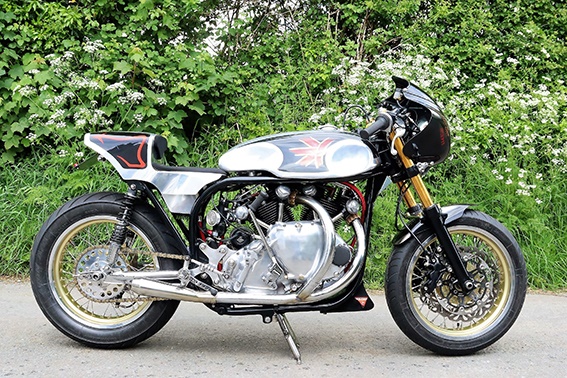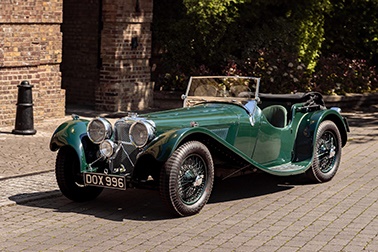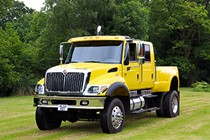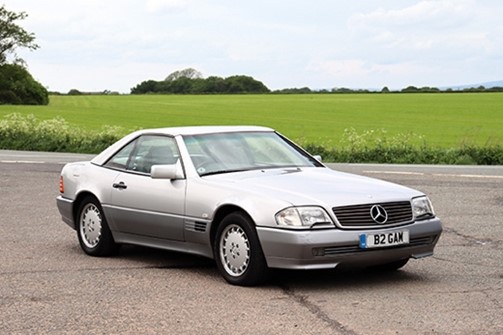20th Jul, 2011 13:45
The Pavilion Gardens
1935 Singer Nine Le Mans Special Speed
Estimated at £20,000 - £24,000
Lot details
Registration No: CLD 61
Chassis No: 5283
Mot Expiry: T.B.A.
The four-seater Singer 9 Sports was unveiled in the autumn of 1932 and, though an evolution of the existing 9hp range of cars, was quite a departure from its siblings - it was even manufactured in a different factory; one sited in Coventry rather than Birmingham. Penned by local stylist Eric Neale, its rakish bodywork was underpinned by a robust ladder-frame chassis that featured semi-elliptic leaf-sprung suspension all-round, adjustable Andre-Hartford friction dampers and four-wheel Lockheed hydraulic 10-inch drum brakes. The little Singer was powered by an uprated version of the company's proven 972cc OHC four-cylinder engine that breathed through a pair of downdraught SU carburetters and developed some 31bhp at 4,600 rpm. The unit was mated to a close-ratio four-speed manual gearbox.
Reputedly capable of over 66mph (with the windscreen folded flat) and sustained 50mph cruising, the 9 Sports soon acquired an enviable competition pedigree. As if the eight premier awards it won during the Christmas 1932 London to Exeter run was not impressive enough, the following season the model distinguished itself on the Monte Carlo Rally, London-to-Edinburgh Trial and Alpine Six-Day Trial. However, its crowning achievement came at that year's Le Mans 24 Hour race, when the example of Barnes and Langley became the first unsupercharged sub-1,000cc British car to qualify for the Rudge-Whitworth Biennial Cup; having finished intact at an average speed of 49.4mph. This was an amazing achievement for a relatively new model in standard form, apart from: a mildly tuned engine, different gear ratios, larger headlights and a long range fuel tank in place of the rear seats.
Suitably encouraged by the result, Singer created a special Le Mans version of the 9 Sports with lower slung two-seater body - at £215 it was £30 dearer than the standard car. Power came from a further uprated version of the OHC engine that featured high lift harmonic cams, a counterbalanced crankshaft and an extra large capacity ribbed oil sump for better cooling. Other drivetrain modifications included a heavy duty clutch and a still closer ratio gearbox, while additional body alterations comprised a 12 gallon slab-sided fuel tank with quick action filler cap and twin-mounted spare wheels. Among the optional equipment were tailored suitcases, bonnet strap, route card holder, competition number plates and a combined stop watch and chronometer.
Four 972cc Singers were entered for the 1934 Le Mans race, with the three Le Mans models lasting the distance and finishing in 15th (Black/Baker), 18th (Wisdom/Barnes) and 23rd place (Gardner/Beloe) respectively. The following year saw the introduction of a Special Speed version of the Le Mans. Priced at £225, its specification included running boards, increased interior space (achieved by moving the twin spare wheels rearward and a still bigger (13.5 gallons) fuel tank. The output of the venerable 972 cc engine was further increased to 38bhp, courtesy of: a compression ratio of 7.4:1, a higher lift camshaft, bigger valves and a switch to side-draught SU carburetters. A more reliable spark was achieved by replacing the coil ignition system with a Swiss-made Scintilla Vertex magneto. No less than seven 972cc Singers contested the 1935 Le Mans race, dominating the 1,000cc class with 1st, 3rd, 4th, 6th and 7th places. The Special Speed variant duly replaced the standard Singer Le Mans for the 1936/1937 model years. Some 150 examples are thought to have been made, in the region of 46 are known to have survived, making the Special Speed a rare car.
The Special Speed on offer is a 1936 model year example manufactured in late 1935. We are informed that it was purchased new by a J. R. Edwinter in order to contest the 1936 rally season - a scenario which perhaps accounts for some of the components being made from aluminium rather than steel and its various other period modifications. Evidently a recognized competitor, Mr Edwinter proceeded to achieve:
- 2nd class award - SONBAC Cornwall Trial (February)
- 1st class award - RAC Rally (March)
- Premier award - Lands End Trial (April)
- Lawrence Cup (May)
- Standard Award - JCC Members Day, Brooklands (June)
- Premier award - Edinburgh Trial (October)
- Blackpool Rally (November)
On August 8th 1938, 'CLD 61' reportedly passed into the hands of a Victor Lintott, who part exchanged a Morris Eight for it at Sandford's Garage, Leatherhead. Among the car's history file is wartime paperwork showing he was granted petrol to use the Singer in his role as a Flying Officer in Bomber Command, while photos confirm the little car travelled to many areas of the mainland and the Isle of Man while in his care. It seems Mr Lintott eventually retired to the IOM and the Singer was apparently discovered behind an array of cardboard boxes and bags and under lengths of old timber when his house and all the contents were bought by a Mr Corcoran in 1988. It was from this gentleman that the vendor's late father acquired the Singer, while visiting the Manx Grand Prix the same year.
Having sorted out paint damage to the wings and running boards and attended to some wiring maladies, he acquired a new MOT and proceeded to use the car on a regular basis. Although not concours, it is thought to have never required a full restoration and has successfully contested a range of UK rallies and trials in the last 20 years, including a 600 mile-long event in Holland. While campaigning the car on a rally at Betwys-y-coed in 1997, the vendor's late father discovered that the Aston Martin and Riley on display in the local museum had, like 'CLD 61', competed in the RAC Rally sixty-one years earlier - quite a coincidence! Also in the '90s, flagging compression ratios were restored by replacing the valves with those found among the spares acquired with the car, and the ignition was converted to a coil/distributor system, as the magneto was found to be weakening with age.
The Singer is finished in Red with a Red interior and the vendor currently considers its paintwork, trim, engine and transmission to be "good". This charming and rare classic two-seater now requires a new keeper who will treat it with the respect it deserves and hopefully add to its already fascinating history.
Registration No: CLD 61
Chassis No: 5283
Mot Expiry: T.B.A.
The four-seater Singer 9 Sports was unveiled in the autumn of 1932 and, though an evolution of the existing 9hp range of cars, was quite a departure from its siblings - it was even manufactured in a different factory; one sited in Coventry rather than Birmingham. Penned by local stylist Eric Neale, its rakish bodywork was underpinned by a robust ladder-frame chassis that featured semi-elliptic leaf-sprung suspension all-round, adjustable Andre-Hartford friction dampers and four-wheel Lockheed hydraulic 10-inch drum brakes. The little Singer was powered by an uprated version of the company's proven 972cc OHC four-cylinder engine that breathed through a pair of downdraught SU carburetters and developed some 31bhp at 4,600 rpm. The unit was mated to a close-ratio four-speed manual gearbox.
Reputedly capable of over 66mph (with the windscreen folded flat) and sustained 50mph cruising, the 9 Sports soon acquired an enviable competition pedigree. As if the eight premier awards it won during the Christmas 1932 London to Exeter run was not impressive enough, the following season the model distinguished itself on the Monte Carlo Rally, London-to-Edinburgh Trial and Alpine Six-Day Trial. However, its crowning achievement came at that year's Le Mans 24 Hour race, when the example of Barnes and Langley became the first unsupercharged sub-1,000cc British car to qualify for the Rudge-Whitworth Biennial Cup; having finished intact at an average speed of 49.4mph. This was an amazing achievement for a relatively new model in standard form, apart from: a mildly tuned engine, different gear ratios, larger headlights and a long range fuel tank in place of the rear seats.
Suitably encouraged by the result, Singer created a special Le Mans version of the 9 Sports with lower slung two-seater body - at £215 it was £30 dearer than the standard car. Power came from a further uprated version of the OHC engine that featured high lift harmonic cams, a counterbalanced crankshaft and an extra large capacity ribbed oil sump for better cooling. Other drivetrain modifications included a heavy duty clutch and a still closer ratio gearbox, while additional body alterations comprised a 12 gallon slab-sided fuel tank with quick action filler cap and twin-mounted spare wheels. Among the optional equipment were tailored suitcases, bonnet strap, route card holder, competition number plates and a combined stop watch and chronometer.
Four 972cc Singers were entered for the 1934 Le Mans race, with the three Le Mans models lasting the distance and finishing in 15th (Black/Baker), 18th (Wisdom/Barnes) and 23rd place (Gardner/Beloe) respectively. The following year saw the introduction of a Special Speed version of the Le Mans. Priced at £225, its specification included running boards, increased interior space (achieved by moving the twin spare wheels rearward and a still bigger (13.5 gallons) fuel tank. The output of the venerable 972 cc engine was further increased to 38bhp, courtesy of: a compression ratio of 7.4:1, a higher lift camshaft, bigger valves and a switch to side-draught SU carburetters. A more reliable spark was achieved by replacing the coil ignition system with a Swiss-made Scintilla Vertex magneto. No less than seven 972cc Singers contested the 1935 Le Mans race, dominating the 1,000cc class with 1st, 3rd, 4th, 6th and 7th places. The Special Speed variant duly replaced the standard Singer Le Mans for the 1936/1937 model years. Some 150 examples are thought to have been made, in the region of 46 are known to have survived, making the Special Speed a rare car.
The Special Speed on offer is a 1936 model year example manufactured in late 1935. We are informed that it was purchased new by a J. R. Edwinter in order to contest the 1936 rally season - a scenario which perhaps accounts for some of the components being made from aluminium rather than steel and its various other period modifications. Evidently a recognized competitor, Mr Edwinter proceeded to achieve:
- 2nd class award - SONBAC Cornwall Trial (February)
- 1st class award - RAC Rally (March)
- Premier award - Lands End Trial (April)
- Lawrence Cup (May)
- Standard Award - JCC Members Day, Brooklands (June)
- Premier award - Edinburgh Trial (October)
- Blackpool Rally (November)
On August 8th 1938, 'CLD 61' reportedly passed into the hands of a Victor Lintott, who part exchanged a Morris Eight for it at Sandford's Garage, Leatherhead. Among the car's history file is wartime paperwork showing he was granted petrol to use the Singer in his role as a Flying Officer in Bomber Command, while photos confirm the little car travelled to many areas of the mainland and the Isle of Man while in his care. It seems Mr Lintott eventually retired to the IOM and the Singer was apparently discovered behind an array of cardboard boxes and bags and under lengths of old timber when his house and all the contents were bought by a Mr Corcoran in 1988. It was from this gentleman that the vendor's late father acquired the Singer, while visiting the Manx Grand Prix the same year.
Having sorted out paint damage to the wings and running boards and attended to some wiring maladies, he acquired a new MOT and proceeded to use the car on a regular basis. Although not concours, it is thought to have never required a full restoration and has successfully contested a range of UK rallies and trials in the last 20 years, including a 600 mile-long event in Holland. While campaigning the car on a rally at Betwys-y-coed in 1997, the vendor's late father discovered that the Aston Martin and Riley on display in the local museum had, like 'CLD 61', competed in the RAC Rally sixty-one years earlier - quite a coincidence! Also in the '90s, flagging compression ratios were restored by replacing the valves with those found among the spares acquired with the car, and the ignition was converted to a coil/distributor system, as the magneto was found to be weakening with age.
The Singer is finished in Red with a Red interior and the vendor currently considers its paintwork, trim, engine and transmission to be "good". This charming and rare classic two-seater now requires a new keeper who will treat it with the respect it deserves and hopefully add to its already fascinating history.
Auction: The Pavilion Gardens, 20th Jul, 2011
All successful bids must be paid in full by midday the day after the auction at the latest.
You can collect your new pride and joy from our venue until 1pm the day following the sale or our partners are on hand to help arrange safe transportation:
Do you have an item to sell?
If so, contact one of our friendly specialists for your free valuation by completing the form below and someone will get back to you as quickly as possible.
If you prefer to speak to humans, don't hesitate to call our office on +44 (0)1925 210035
Other lots in this sale
